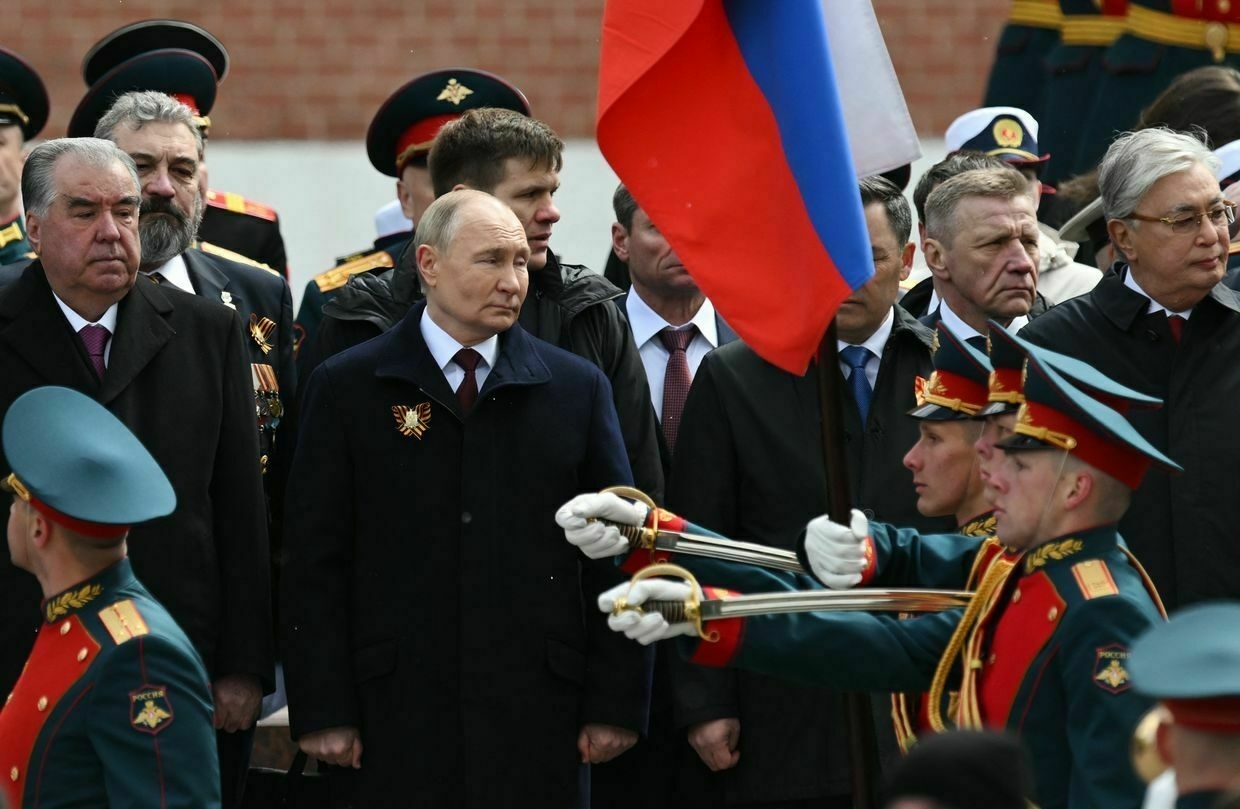-
US conducts air strikes on Iranian nuclear sites
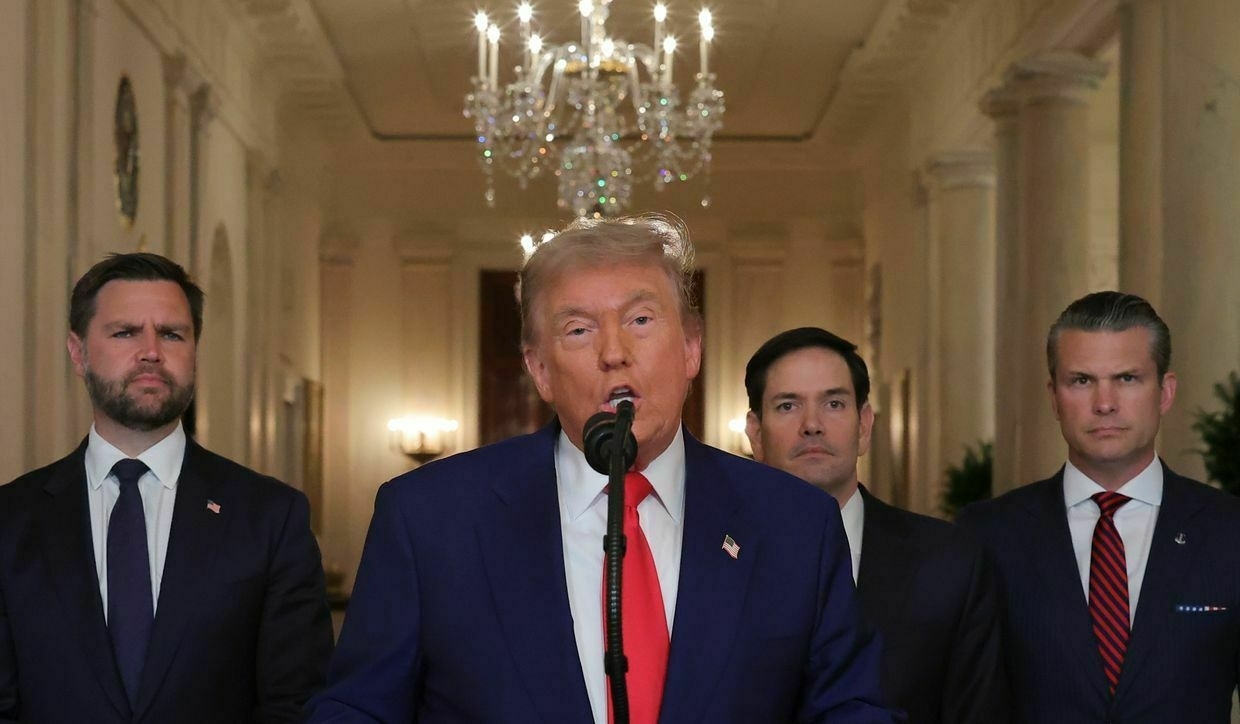
Editor’s note: This is a developing story and is being updated.
The United States conducted air strikes on nuclear sites in Iran, U.S. President Donald Trump said on June 21, calling the attacks a “spectacular success."
“We have completed our very successful attack on the three nuclear sites in Iran, including Fordow, Natanz, and Esfahan. All planes are now outside of Iran air airspace,” Trump said.
Iran’s Foreign Minister Abbas Araghchi condemned the U.S. attacks and warned they will have “everlasting consequences,” with Tehran requesting an emergency U.N. Security Council meeting.
Israel and Iran have exchanged strikes in recent days as Israel voices concern over Tehran’s continued development of nuclear weapons.
The White House has backed Israel, remaining cautious in escalating its role in the conflict. The strikes mark U.S. military involvement in the conflict.
“A full payload of bombs was dropped on the primary site, Fordow. All planes are safely on their way home. Congratulations to our great American Warriors,” Trump said.
The U.S. president shared a separate post with a screenshot that said, “Fordow is gone."
The International Atomic Energy Agency (IAEA) said it had detected no increase in radiation at the targeted sites, while the Iranian state media and officials sought to downplay the damage.
“Iran must now agree to end this war,” Trump then said in another post on social media.
Trump later held a live address where he reiterated calls for Iran to join negotiations as the U.S. and Israel demand that Iran abandon its nuclear program.
“This cannot continue. There will be either peace or there will be tragedy for Iran, far greater than we have witnessed over the last eight days. Remember, there are many targets left,” Trump said.
Trump has called for Tehran to negotiate an end to the conflict as Israel and Iran exchange strikes.
The U.S. president hopes that the strikes will push Iran to the negotiating table, sources familiar with the matter told CNN, adding that the U.S. is not planning additional military actions in Iran.
Democratic Senate Minority Leader Chuck Schumer has condemned Trump’s decision to conduct air strikes without congressional approval.
“President Trump must provide the American people and Congress clear answers on the actions taken tonight and their implications for the safety of Americans,” Schumer said.
Israel asked the U.S. to join military operations targeting Iran’s nuclear program, including a strike on the fortified Fordow uranium enrichment site, Axios reported on June 14, citing two Israeli officials.
Trump suggested in a conversation with Israeli Prime Minister Benjamin Netanyahu that he would consider joining the operation if needed, an Israeli official told Axios.
A White House official denied that claim on June 13. Another U.S. official confirmed that Israel had urged the U.S. to take part, but said Washington is not currently considering involvement.
Israeli Ambassador to the U.S. Yechiel Leiter told Fox News on June 13 that “the entire operation… really has to be completed with the elimination of Fordow."
Russia and Iran have cooperated to develop their own nuclear programs and weapons as both countries face Western sanctions.
Russia supplied Iran with the Middle East’s first nuclear power plant despite objections from the West.
Iran has assisted Russia in its war against Ukraine, providing drones and missiles. Tehran has helped Moscow develop weapons of its own. Russia’s Geran drone is modelled after the Iranian Shahed drone.
Russia pulls its scientists out of Iranian nuclear plant, as Israeli strikes threaten decades of collaborationIsrael’s strikes on Iranian nuclear facilities have alarmed none more than Russia, the country that first brought nuclear power to Iran in defiance of Western objections. We’re “millimeters from catastrophe,” said Kremlin spokeswoman Maria Zakharova on June 18 in response to a bombing campaign that Israel launched againstThe Kyiv IndependentKollen Post
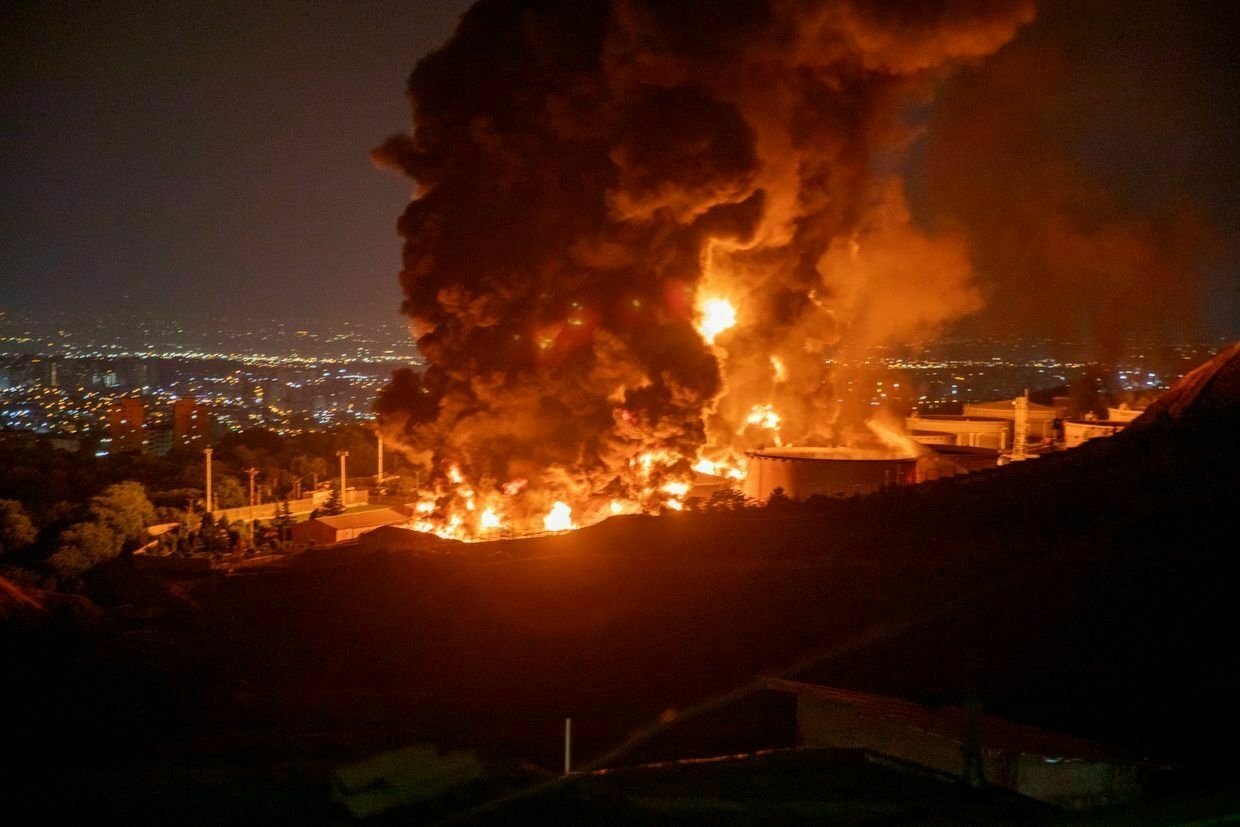
-
Ukrainians forcibly deported by Russia held in basement without food, water, media reports
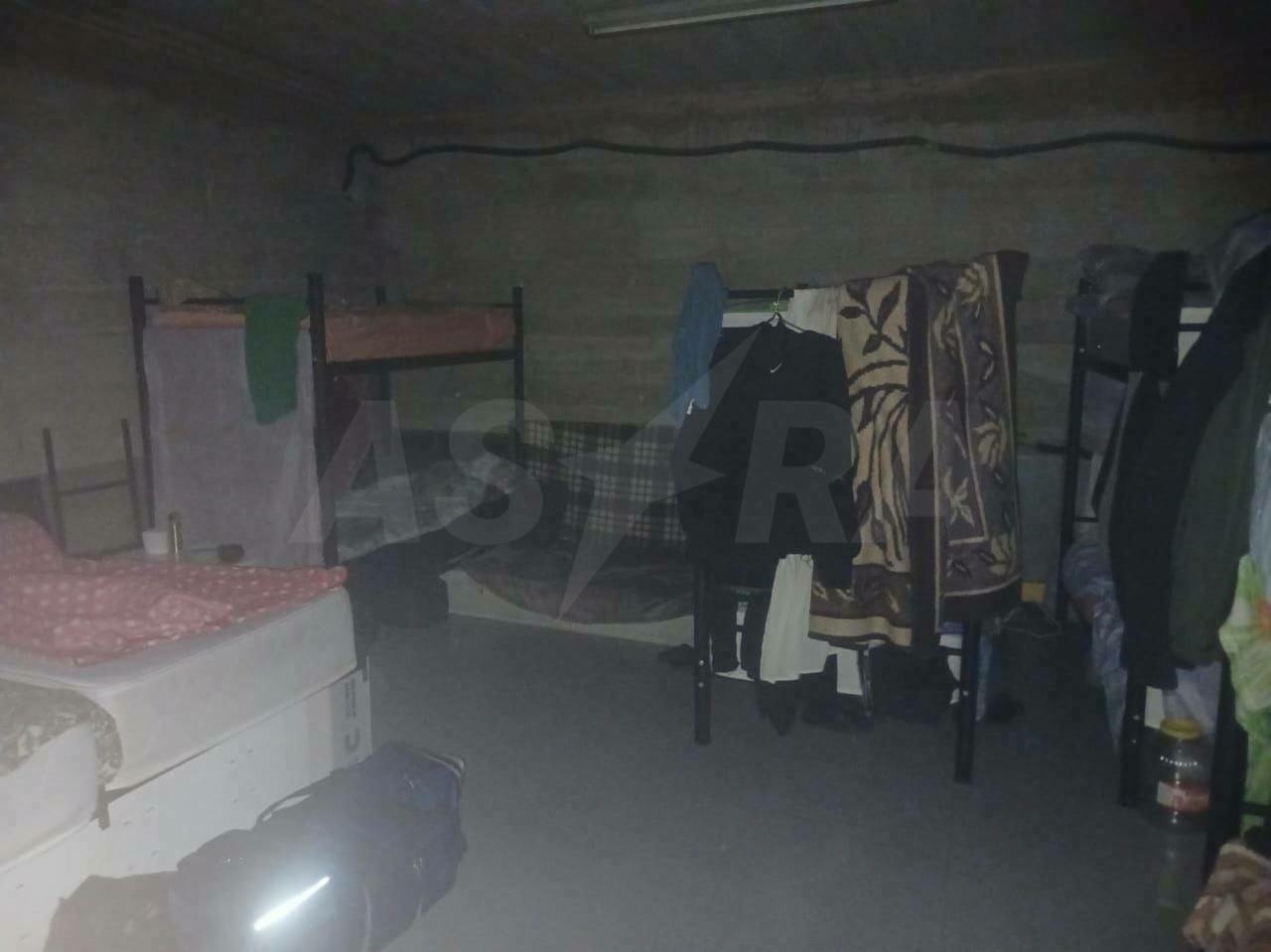
Over 45 Ukrainians forcibly deported by Russia from Ukraine’s occupied territories are being held in a basement at Russia’s border with Georgia without food, water, and basic healthcare, independent media outlet Astra reported on June 21.
“We are in a basement without utilities: there is no shower or toilet, they don’t feed us. Volunteers bring humanitarian aid, but it lasts for a couple of days and not for everyone,” one of the held Ukrainians told Astra.
A decree by Russian President Vladimir Putin has ordered Ukrainians still living in occupied territories to leave unless they “regulate their legal status,” namely, obtaining Russian citizenship.
“We emphasize that these systematic deportations and persecutions are part of Russia’s genocide policy against the Ukrainian people,” Foreign Ministry spokesperson Heorhii Tykhyi said on March 21.
At least 45 Ukrainians have been held at the Verkhniy Lars border checkpoint between Georgia and Russia for several days.
One of the deported Ukrainians has been hospitalized as they await passage out of Russia and into Georgia.
“There were 8 of us, 3 days ago. Every day, more people are brought here and the number is growing. Now there are 45 people, some have been here for a month. There are disabled people and people with serious illnesses,” one of the held Ukrainians said.
The basement facility has since 2023 held deported Ukrainians barred from entering the Russian Federation and the Ukrainian territories it occupies.
The held Ukrainians were denied entry into Georgia. Most did not have the necessary travel documents, but 16 Ukrainians with passports were denied entry as well, Astra reported, citing the non-profit organization Tbilisi Volunteers Organization.
“The basement is damp, there are drops of water on the ceiling, (it’s hard) to breathe, everyone smokes, they don’t let us outside. We sleep for four hours, taking turns. Some sleep on the floor,” one of the deported Ukrainians said.
The basement only houses 17 sleeping spaces, but another 100 deported Ukrainians are expected to arrive at the facility, a volunteer told Astra.
Following a pause in deportations to Georgia in 2024, Russia has resumed deportations as Georgia prepares new immigration legislation, the Tbilisi Volunteers Organization says.
Serhiy Serdiuk, a resident of occupied Zaporizhzhia Oblast, was deported and banned from re-entering Russia and Ukraine’s occupied territories for 40 years, the Guardian reported on June 21.
Russian authorities pressed Serdiuk, an educator, to continue work under Russia’s imposed school curriculum.
Serdiuk and other staff at a school in Zaporizhzhia Oblast’s Komysh-Zoria town refused and were met with threats.
Serdiuk was similarly deported to Georgia, from where he flew to Moldova and crossed back into Ukraine.
Due to Russia’s illegal and unrecognized annexation of Ukraine’s occupied territories, Ukrainian citizens are pressured to obtain Russian citizenship or face deportation and entry bans.
Pro-Russian ‘peace protestors’ set to descend on NATO summitDutch protesters who regularly call for an end to military aid to Ukraine will descend on The Hague next week to protest the upcoming NATO summit, which is set to take place on June 24-25. The group will protest against NATO alongside several other organizations and has urged supporters onThe Kyiv IndependentLinda Hourani
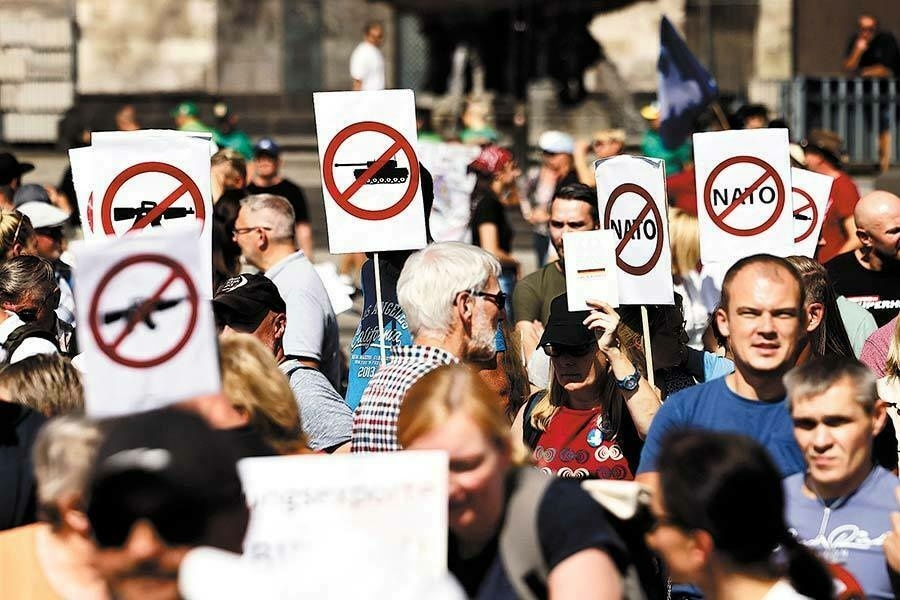
-
American VETERAN saves LIFE in Ukraine — Mike Piet's story
-
NATO summit to sideline Ukraine, focus on flattering Trump, Politico reports
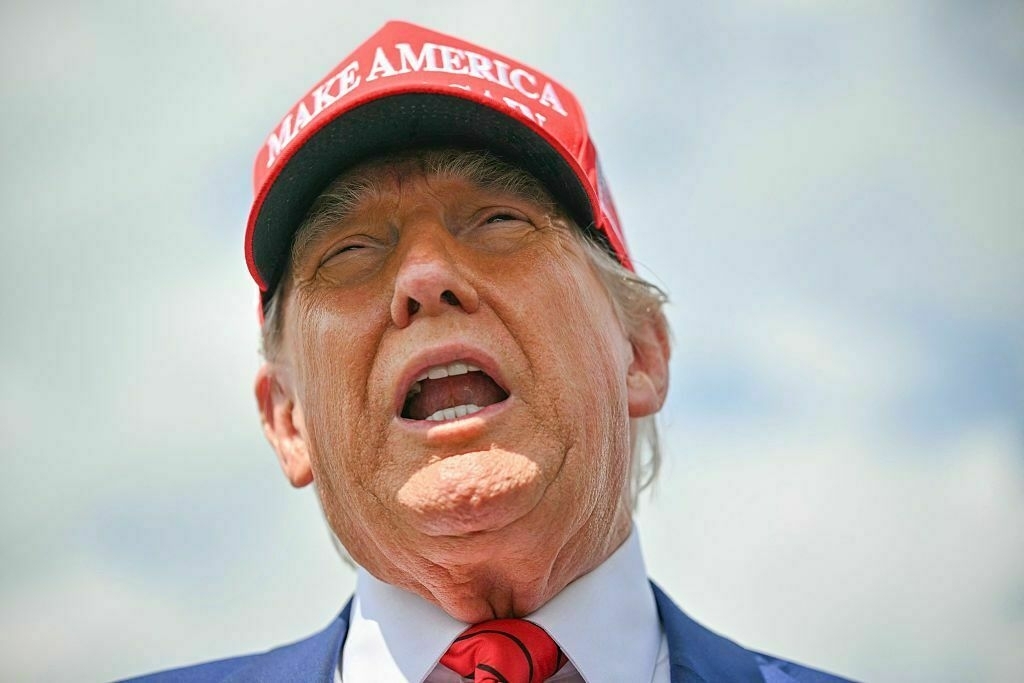
The narrowed focus of the upcoming NATO summit in The Hague — which will have only a single session devoted to defense spending — is designed to appease U.S. President Donald Trump, Politico reported on June 21, citing European defense officials.
NATO leaders will convene in The Hague June 24-25 to discuss raising the alliance’s defense spending target to 5% of the GDP — a proposal the U.S. has championed but from whcih it considers itself exempt.
"(Trump) has to get credit for the 5% — that’s why we’re having the summit," one unnamed European defense official told Politico.
“Everything else is being streamlined to minimize risk."
The organizers of the summit have shortened the meeting from the typical two-day schedule to 24 hours in the hopes of keeping the focus on Trump and deliver a victory to the U.S. president. Trump plans to give an speech at the end of the summit celebrating the new spending benchmark and his own contributions to the pledge.
There will be no meeting of NATO’s Ukraine council at the summit.
The European Council confirmed on June 20 that President Volodymyr Zelensky will attend the summit in The Hague, despite media reports that Zelensky was considering skipping the event altogether. The reports followed Zelensky’s disappointing venture at the G7 summit in Canada.
While Zelensky hoped to reset relations with the U.S. in a third face-to-face meeting with Trump, he never got the chance. Trump abruptly left the G7 summit, claiming he had to focus on the escalating conflict between Israel and Iran.
The Ukraine council’s absence from the upcoming summit represents another concession to Trump, whose attention has shifted to the Middle East and who continues to refuse to impose sanctions on Russia.
Trump has also been unable to fulfill his promises to end the war in Ukraine. Six months of U.S. peacekeeping efforts under the Trump administration have brought a ceasefire no closer, as Russia escalates attacks and the civilian death toll climbs.
Convening NATO’s Ukraine council could draw attention to Trump’s ongoing failure, Politico reported.
“The priority is really to announce success in The Hague,” a European official said. “The longer-term perspective is less important."
Trump’s “America First” doctrine has repeatedly cast doubt on Washington’s commitment to transatlantic alliances, especially NATO. In recent years, Trump has alarmed member states by questioning whether the U.S. should defend alliance members that do not meet military spending benchmarks.
Trump has also signaled that the U.S. will no longer be Ukraine’s main ally in its defense against Russia and has called on European countries to shoulder the burden of supporting Ukraine.
While NATO summits in recent years have focused heavily on Russia’s full-scale war in Ukraine, this year’s joint communique may exclude references to the war altogether. NATO Secretary General Mark Rutte on June 9 admitted that the language may not be included in the statement, but insisted the alliance remained committed to Ukraine’s future membership.
“The irreversible path of Ukraine into NATO is there, and it is my assumption that it is still there after the summit,” Rutte said. “Whether it is again in the communique or not, I think that’s not relevant, because all the language we previously agreed on is there — until we decide it is no longer there."
Pro-Russian ‘peace protestors’ set to descend on NATO summitDutch protesters who regularly call for an end to military aid to Ukraine will descend on The Hague next week to protest the upcoming NATO summit, which is set to take place on June 24-25. The group will protest against NATO alongside several other organizations and has urged supporters onThe Kyiv IndependentLinda Hourani
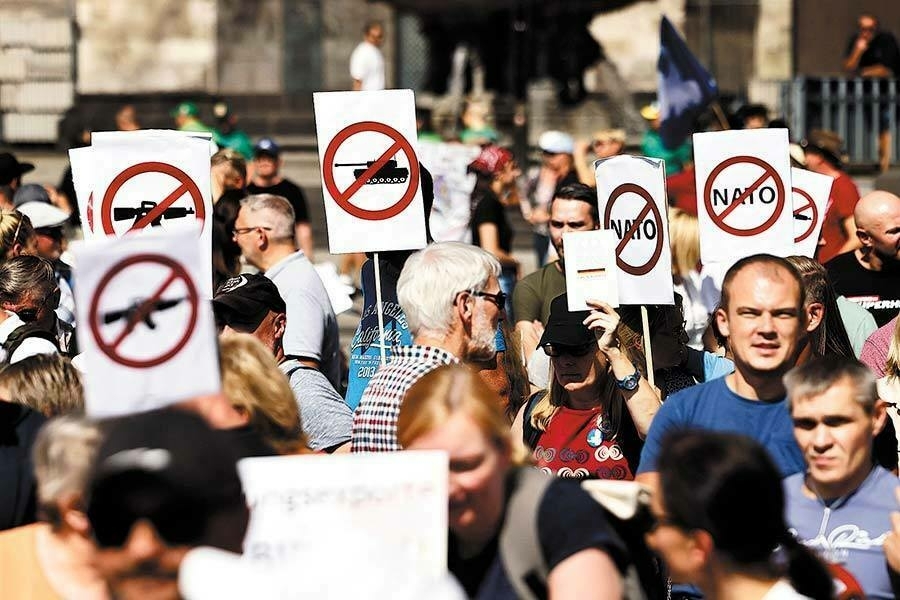
-
Pressure on Russia is needed: how to speed up the end of the war in Ukraine #shorts
-
Russia has over 1,950 strategic missiles, Ukraine's military intelligence tells media
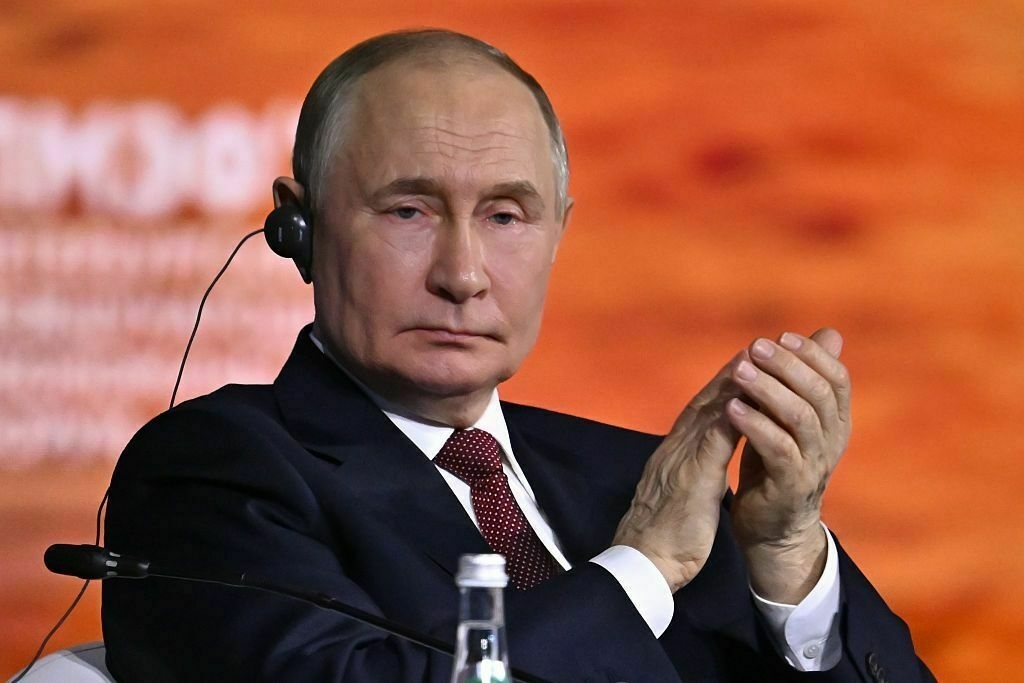
Russia’s weapons arsenal includes over 1,950 strategic missiles and thousands of drones, the news outlet RBC-Ukraine reported on June 21, citing a statement from Ukraine’s military intelligence agency (HUR).
According to HUR, the figures reflect Russia’s stockpiles as of June 15.
Throughout May and June, Russia has launched a series of mass missile and drone attacks against Ukrainian cities — including a large-scale strike against Kyiv on June 17 that left 30 dead and over 170 injured. Russia has repeatedly shattered its own drone record in attacks on Ukraine in the past month.
Russia’s missile stocks include up to 500 Iskander-M ballistic missiles, HUR told RBC-Ukraine, as well as up to 150 hypersonic Kinzhal missiles. Moscow also has up to 60 North Korean-made KN-23 ballistic missiles.
In addition to ballistics, Russia possesses up to 300 Iskander-K cruise missiles, up to 260 Kh-101 cruise missiles, up to 280 Kh-22/Kh-32 cruise missiles, and over 400 Kalibr cruise missiles.
Russia produces up to 195 missiles per month, HUR said.
Moscow also aims to ramp up drone production from 170 to 190 units per day, according to HUR. As of June 15, Russia had over 6,000 Shahed-type attack drones and over 6,000 Gerberas, a cheap decoy version that imitates the Shahed.
Russia’s arsenal highlights Ukraine’s urgent need for additional air defense systems, something President Volodymyr Zelensky has been continuously lobbying Western partners to provide.
Zelensky announced on June 20 that Ukraine is boosting production of interceptor drones to combat the growing numbers of Shahed UAVs launched by Russia each night. Ukraine is also producing its own missiles and recently announced that its domestically produced Sapsan ballistic missile had entered serial production.
The president hopes to secure additional funding for defense production from allies at the upcoming NATO summit.
Russia has paired its intensifying nightly attacks with escalated rhetoric about its territorial ambitions in Ukraine. Russian President Vladimir Putin on June 20 declared that “all of Ukraine” belongs to Russia, suggesting the Kremlin is looking to expand its illegal occupation .
Russian forces currently occupy five Ukrainian regions: Donetsk, Luhansk, Zaporizhzhia, and Kherson oblasts and the Autonomous Republic of Crimea.
Love, sex, survival — Ukrainian author on how war shapes intimacy in UkraineIn Ukraine, Russia’s war of aggression has upended not just borders but the country’s cultural landscape. Conversations about identity, gender, and sexuality have gained new urgency. Women are increasingly stepping into combat roles once dominated by men, while relationships can dissolve as quickly as they form. Many peopleThe Kyiv IndependentKate Tsurkan

-
Russia's intense attacks on Lyman front fail to breach Ukraine's defense
In June 2025, the Russian military has continued its relentless offensive on the Lyman front, yet without achieving crucial strategic results.
The assaults on the Lyman axis are among the most intense and come with their own set of challenges. According to DeepState, in June 2025, Russian forces have maintained a high frequency of attacks in this area. While the average daily assaults in May numbered 184, this figure went up to 186 in June. Between June 10th and 14th, the Russian army conducted more than 200 assault operations in one day. The Lyman sector remains exceptionally contested, with Russian forces nearly doubling the number of attacks to 29 daily as per Ukraine's General Staff data from June 19th.
Despite re-organization and reinforcement with fresh troops, Russian forces have failed to gain a strategic advantage. In late May 2025, Russia restructured, rallying units of the 144th Motor Rifle Division within the 20th Combined Arms Army. These units engaged across the right bank of the Chorny Zherebets River, bolstered by elements from the 2nd Motor Rifle Division of the 1st Tank Army to amp up the offensive.
Although stretching between Kruglyakivka and Kolesnikivka around Synkiv, Russian troops have stalled. Moscow's plan for the 1st Tank Army was to punch through Ukrainian defenses and seize the left bank of the Oskil River, yet these ambitions have been thwarted.
Russian forces had multiple tactical paths to advance: one through Karapivka over the Nitrius River, and another veering north toward Grekivka-Novoyehorivka. “Their plan was ambitious, but execution has fallen short, it's crawling at a snail's pace,” the experts from the DeepState points out.
Russia is desperately re-evaluating Lyman's strategic significance, acknowledging that losing this axis could severely disrupt Ukrainian defense and complicate their logistics via vital routes like the Kharkiv-Sloviansk highway.
Despite heavy deployment at sectors Terna-Yampilivka-Torskoe, results have been minimal. Russia resorts to modern military hardware, including North Korean-made Koksan self-propelled guns, yet to no avail. Failures from the 20th and 25th Armies have stopped any movement toward Siversk and the Sloviansk-Kramatorsk pocket.
Experts also mention the Ukrainian military's logistical hurdles, notably delays in forming the third Corps intended to lead the Lyman operation, presenting challenges to sustaining defense in this highly contested region.
-
Ukraine shifts drone warfare strategy under Madyar's command
Following the appointment of Robert "Madyar" Brovdi as the head of Ukraine's Unmanned Systems Forces (USF), Ukrainian drone operators have reportedly changed their targets. According to Russian war correspondents, the primary focus is now on neutralizing Russian drone crews. The shift sees Ukrainian forces directing their efforts towards identifying and eliminating these operators rather than disrupting logistics lines.
Russian military bloggers indicate that this change in strategy marks a new era in drone warfare, with Ukrainian forces launching a "hunt" for Russian drone operators following Madyar's command appointment. They highlight a strategic pivot from logistical disruption to targeting Russian drone personnel, employing various suppression tools, and deploying HIMARS when locating drone "nests."
Another Russian pro-military blogger confirms the commencement of this "hunt", remarking, "no other explanation is feasible." As someone who has been intricately involved in the development of Ukraine's UAV units since 2022, Madyar's understanding of the necessary steps to weaken this critical link is evident. Madyar now has the authority to attract additional resources, facilitating targeted campaigns against Russian drone units, launching HIMARS at them — underscoring the opposition's commitment to serious and systematic actions against Russian forces.
Earlier, Madyar elaborated on the extent of Russian soldier losses needed for effective counteraction on the front lines, suggesting an increase to 35,000 irreversible losses monthly to degrade the Russian military's offensive potential. Following this new strategic direction, Madyar reported on his initial week as USF commander, announcing the formation of the USF group and the integration of the "Drone Line" project into its ranks.
-
'Ukrainian drones for the foot of every Russian soldier' — Zelensky responds to Putin's threat to conquer all Ukraine
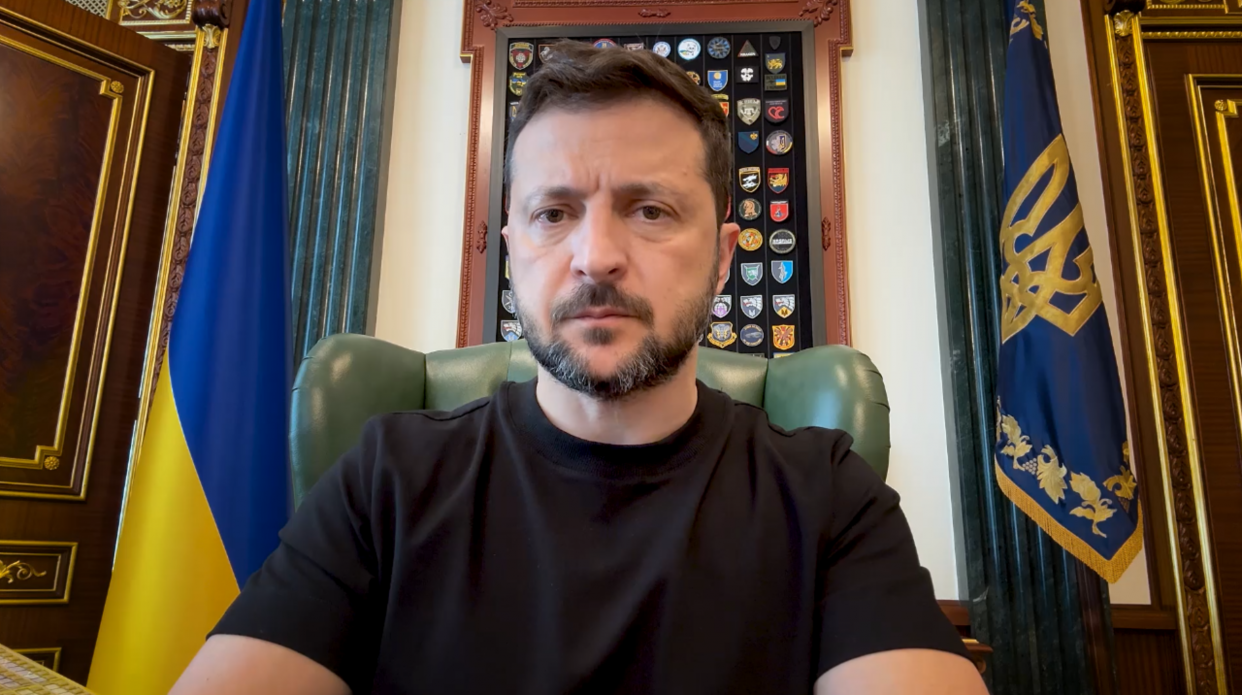
President Volodymyr Zelensky on June 21 responded to Russian President Vladimir Putin’s recent statements on Ukraine, saying that Ukraine intends to defend itself and that the government had made several decisions to bolster security in light of the Kremlin’s threats.
Putin said “all of Ukraine” belongs to Russia in a speech on June 20 at the St. Petersburg International Economic Forum, pointing to Moscow’s maximalist territorial ambitions in Ukraine.
“Wherever the foot of a Russian soldier steps is Russian land,” he said.
In his evening address on June 21, Zelensky described Putin’s speech as a “performance” but said Ukraine was taking the threats seriously.
“But when a murderer says he wants to kill, we take it seriously and will respond together with our partners,” Zelensky said.
“I hope with all our partners,” he added, likely referring to the United States' diminishing support for Ukraine under U.S. President Donald Trump.
Zelensky said he held meetings with Vasyl Maliuk, head of the Security Service of Ukraine (SBU), Commander-in-chief Oleksandr Syrskyi, and Foreign Minister Andrii Sybiha about how to bolster Ukraine’s defense and international support.
“Of course, we will find Ukrainian drones for the foot of every Russian soldier,” he said. “Of course, Ukraine will defend itself.”
The Ukrainian government has made several decisions in light of Russia’s overt threats, Zelensky said. These include a complete diplomatic overhaul and transformation of Ukraine’s Foreign Ministry, intensified efforts to coordinate international sanctions, and more funding for drone development.
Kyiv’s instructions for the SBU remain confidential, Zelensky said.
Russia ‘afraid to admit’ scale of losses, trying to hide by dumping soldiers’ bodies on Ukraine, Zelensky saysUkrainian authorities have confirmed that at least 20 of the bodies Russia returned as Ukrainian were actually Russian soldiers, President Volodymyr Zelensky said.The Kyiv IndependentTim Zadorozhnyy

-
Ukraine planning diplomatic overhaul to win stronger global support against Russia
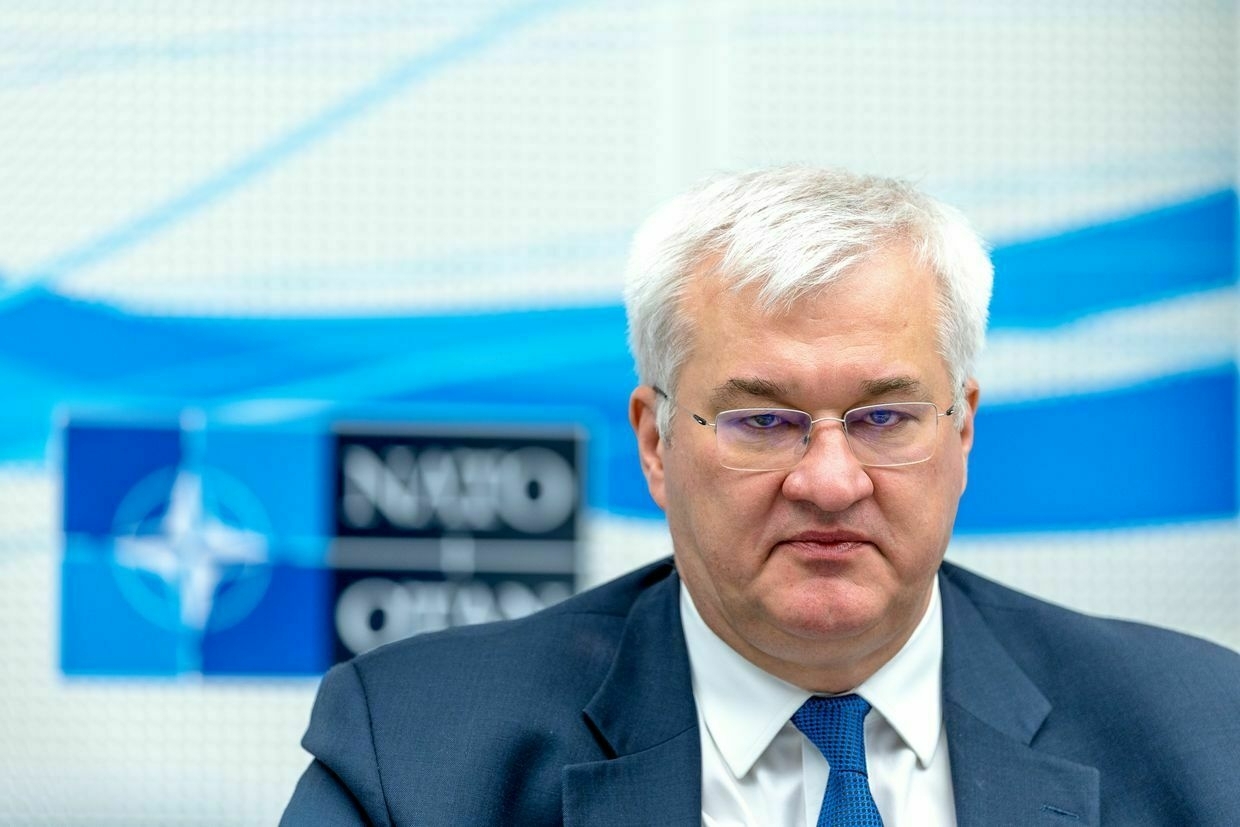
Kyiv is preparing to overhaul its Foreign Ministry and diplomatic corps in order to strengthen international support for Ukraine as the all-out war with Russia enters its fourth year, President Volodymyr Zelensky and Foreign Minister Andrii Sybiha said on June 21.
The announcement is part of “a number of new decisions” Ukraine has made in response to Russia’s stated aim to conquer all of Ukraine, Zelensky said in his evening address.
"(W)e will make changes to certain staff positions, including within the Ukrainian diplomatic corps and institutional management, to increase Ukraine’s potential both in relations with partners and in internal Ukrainian resilience," Zelensky said.
The president said that all of Ukraine’s ambassadors will hold a meeting and that results of the diplomatic transformation should be apparent in a month.
Ukraine’s Foreign Minister, Andrii Sybiha, confirmed that the president had already made decisions regarding some diplomatic personnel and that the ambassadors' meeting was scheduled for July.
“The geopolitical situation requires the diplomatic service to find new arguments and approaches adapted to realities,” Sybiha said in a television broadcast on June 21.
“Therefore, the president has already made certain personnel decisions regarding the heads of some foreign institutions, because the criterion is very simple: results."
According to Sybiha, expected results include military aid packages, humanitarian and financial assistance, and support for Ukrainians living abroad.
Sybiha described the coming month as a “month of full diplomatic mobilization to bring about a just and sustainable peace for Ukraine.”
The announcement comes after the disappointing outcome of the Group of Seven (G7) Leaders' Summit in Canada and before the June 24-25 NATO summit in The Hague, where Zelensky will once again advocate for international support for Ukraine.
At the G7 summit, Zelensky hoped to reset relations with Washington during a face-to-face meeting with U.S. President Donald Trump and potentially win an agreement to purchase weapons from the United States.
Trump’s abrupt departure from the summit quashed those hopes, and Zelensky himself left the conference early. The G7 summit produced no unified statement on Ukraine and Trump reportedly objected to other leaders' call for stronger sanctions against Russia.
Zelensky told G7 leaders that “diplomacy is now in a state of crisis."
‘My husband is free’ — Belarus opposition leader Siarhei Tsikhanouski freed after US envoy visits MinskSergei Tikhanovsky was sentenced to 18 years in prison on politically motivated charges in 2021.The Kyiv IndependentTim Zadorozhnyy
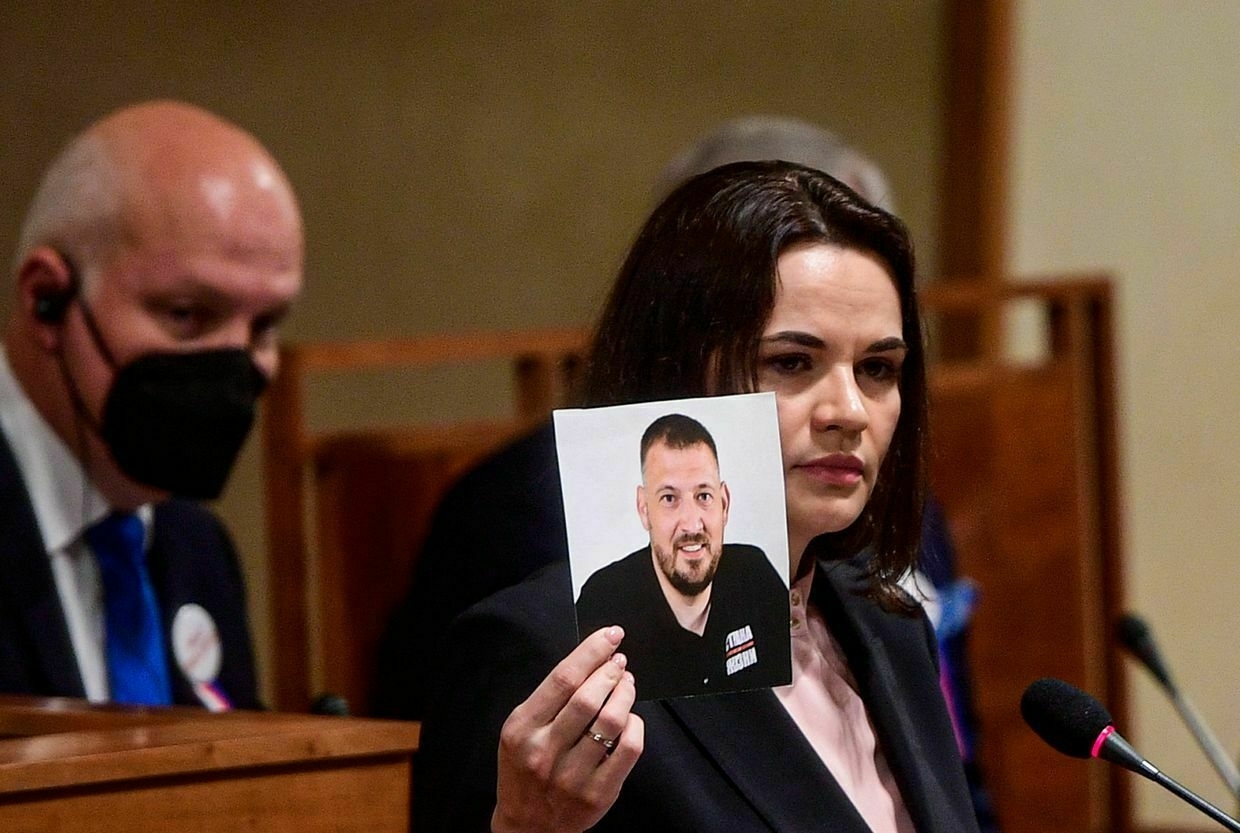
-
Russia and Taliban sign labor migration deal amid expanding bilateral ties
Russian authorities have brokered a deal with the Taliban to dramatically expand labor migration from Afghanistan, the head of the Russian Business Center in Afghanistan, Rustam Khabibullin, told the news outlet Baza. While currently around 100 Afghans are employed in Russian construction sites, this number is expected to swell to a thousand. Khabibullin noted that skilled Afghan laborers, ranging from bricklayers and welders to electricians and painters, are set to head to Russia. The necessary work permits are reportedly being processed in the Chechen Republic, Dagestan, and the Krasnodar region. Afghan agricultural experts, specializing in fields such as crop cultivation, livestock, and veterinary science, have also expressed interest in working in Russia. Some Afghan construction teams are planned to be deployed in Russian-occupied territories of Ukraine to assist with debris clearance and rebuilding efforts.
The deepening ties between Moscow and the Taliban began to take shape after February 2022, despite the group's formal designation on Russia's list of terrorist organizations since 2003. In the spring of this year, Russia’s Supreme Court granted a request from Prosecutor General Igor Krasnov to remove the "Taliban" from the blacklist. Following this, the Russian Foreign Ministry announced a commitment to developing partnership relations with the Afghan government across various domains.
Recently, the Taliban proposed the use of national currencies in bilateral trade instead of the dollar, and the Russian side is exploring projects, including laying railroads in Afghanistan. NT-C Protey company has already installed 4G mobile communication equipment in four Afghan provinces.
Since seizing power in 2021, the Taliban has established an authoritarian regime in Afghanistan, imposing severe restrictions on women and integrating Islamic law into the judiciary. For instance, in April, it was reported that under the newly enacted "Virtue Law," Afghan authorities began detaining men for having short beards or missing prayers.
-
Destroying the enemy and supporting the infantry: how Ukrainian drones Vampire work #shorts
-
EU postpones lowering price cap for Russian oil amid tensions in Middle East, Politico reports
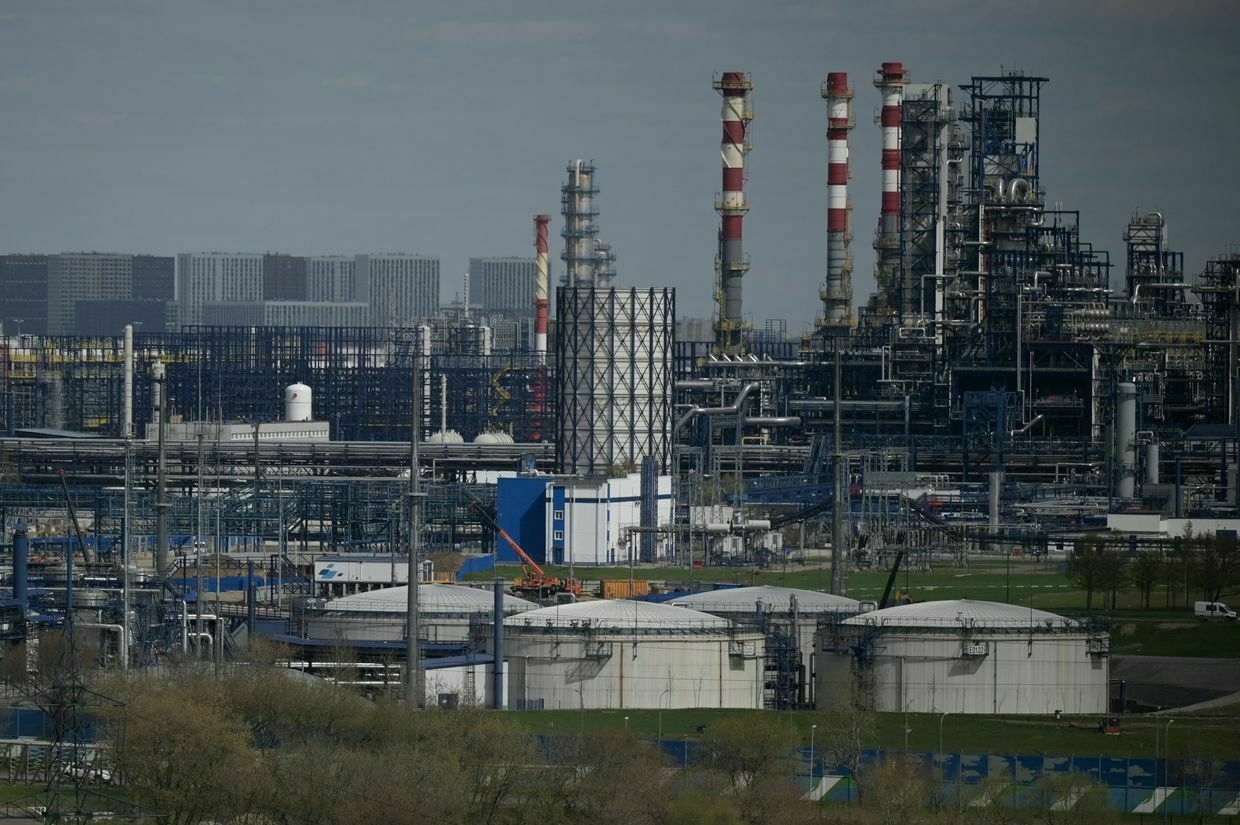
The European Union has postponed a move to lower the existing price cap on Russian oil, after concerns that the Iran-Israel conflict could lead to higher prices, Politico reported on June 20, citing unnamed diplomatic sources.
The price cap, introduced in December 2022 as a measure to limit the Kremlin’s ability to finance its war against Ukraine, prohibits Western companies from shipping, insuring, or otherwise servicing Russian oil sold above $60 per barrel.
Ukraine has been calling on Western partners to lower the price cap on Russian oil from $60 to $30 per barrel. Meanwhile, two diplomats told Politico that the escalation of the conflict between Iran and Israel would make it impossible to impose new restrictions.
“The idea of lowering the price cap is probably not going to fly because of the international situation in the Middle East and the volatility,” said one diplomat on the condition of anonymity.
The issue of reducing the price cap on Russian oil was discussed during the Group of Seven (G7) summit, which was held June 15-17 in Canada. However, the participants failed to reach a consensus.
“At the G7 meeting this week, it was agreed by all the countries they would prefer not to take the decision right now,” the diplomat added. “The prices were quite close to the cap; but now the prices are going up and down, the situation is too volatile for the moment."
European Commission President Ursula von der Leyen said during the G7 summit that the existing measures on Russian oil exports “had little effect,” while noting that oil prices had risen in recent days, so “the cap in place does serve its function. “
Global oil prices spiked on June 13, after Israeli strikes on Iran triggered a long-range war between the two countries that has continued for over a week.
Brent and Nymex crude prices surged more than 10% before stabilizing around 7.5% higher, with Brent at $74.50 a barrel and Nymex at $73.20 as of June 20, the BBC reported.
The spike threatens to undermine Western efforts to restrict the wartime revenue of the Russian state, which depend heavily on oil exports.
EU High Representative Kaja Kallas previously urged the European Union to pursue lowering the oil price cap on Russian oil, even without U.S. support, warning that Middle East tensions could otherwise drive prices up and boost Russia’s revenues.
After 3 years of full-scale war in Ukraine, Europe finally lays out road map to detox from Russian oil and gasAfter three years of limited measures and political hangovers, the European Union has laid out a legal roadmap to finally end its long-standing addiction to Russian oil and gas. Under a new legislative proposal announced in Strasbourg on June 17, Brussels aims to cut off all remaining imports of RussianThe Kyiv IndependentAlex Cadier
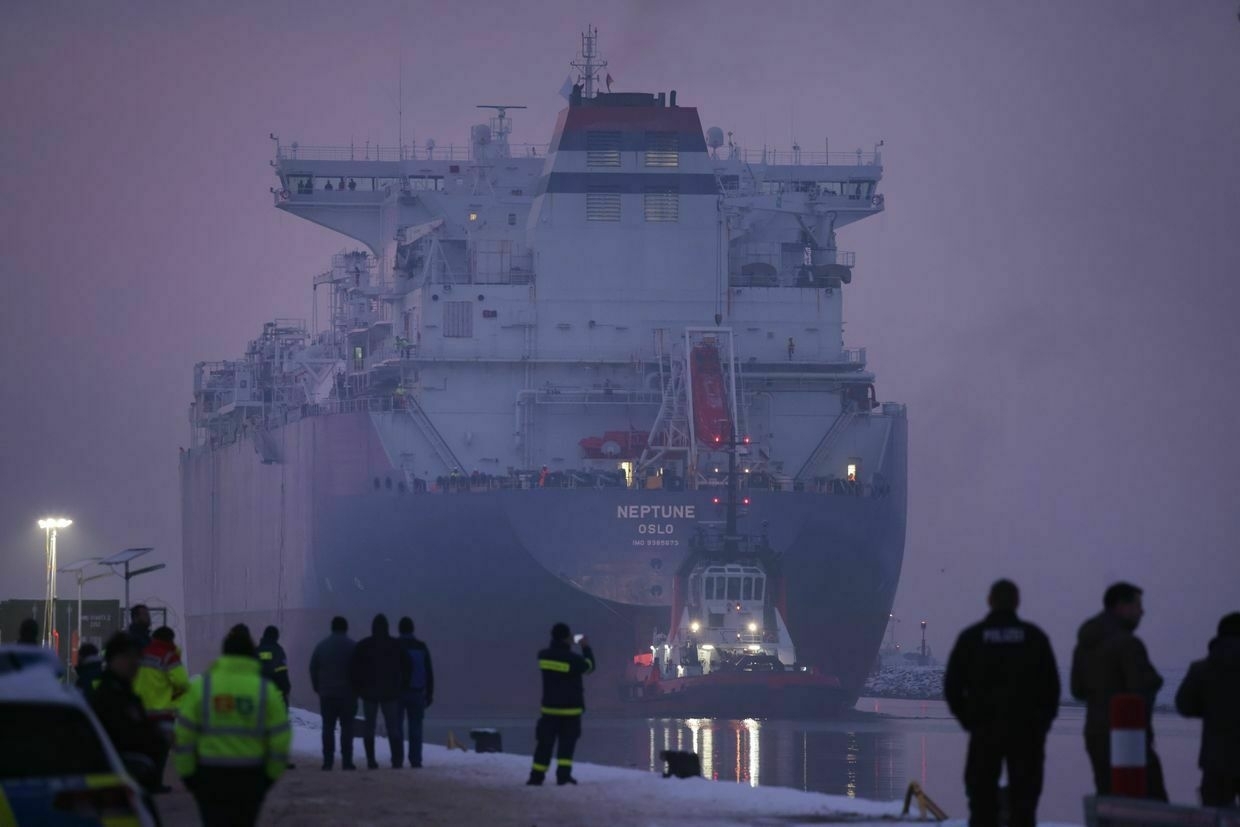
-
Not content with waging war inside Ukraine, Russia has now taken it into the virtual world
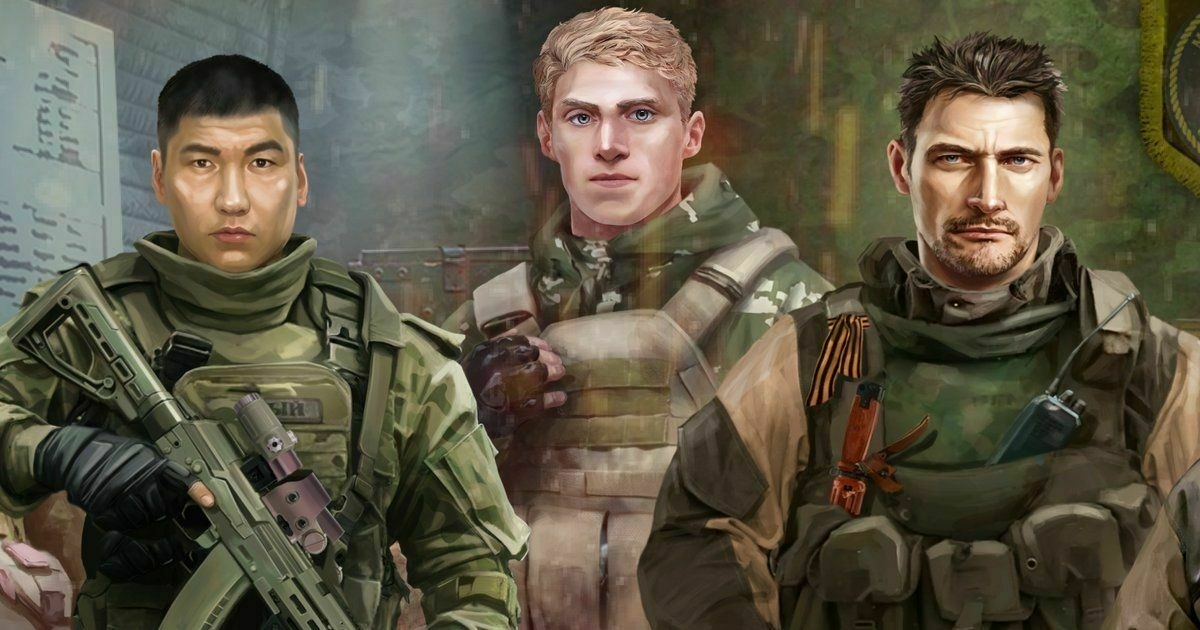
The beginning of the Donetsk and Luhansk oblasts' occupation in 2014, the battle for Mariupol in 2022, and the capture of Avdiivka in 2024 are no longer just episodes of Russian aggression against Ukraine. They are now missions in the new Russian video game Squad 22: ZOV.
Nearly a year after the Russian studio SPN announced in July 2024 that it had started working on the game in cooperation with Russia’s Defense Ministry, Squad 22: ZOV became available for free in Russian, English, and Chinese on Steam, an international distribution platform with over 30 million active users daily.
Before the game begins, players choose from characters from Ukraine’s partially Russian-occupied Donetsk Oblast, where Moscow launched its 2014 invasion under the false pretext of protecting Russian speakers from persecution, a baseless claim widely debunked as Kremlin propaganda.
In the game, the characters say they are seeking to “bring peace” to their homeland — but under the Russian flag. Their mission is to capture positions held by the Ukrainian Armed Forces and advance deeper into Ukrainian territory, repeating Kremlin narratives that portray Russia’s war as a response to “Kyiv’s terror,” another certifiably false claim.
The new game is not the first time Russia has used video games as a vehicle for propaganda aimed at young audiences. But it is the first to focus on Russia’s war in Ukraine, featuring real battles and characters based on actual individuals.
Almost immediately after it was published on Steam, the game was unavailable in Ukraine. As of June, it has received mixed reviews. But experts interviewed by the Kyiv Independent said that even if the game fails to attract a wide audience, it still poses a threat — and there is nothing to stop Russia from continuing to develop another, potentially more effective tool for spreading its propaganda.
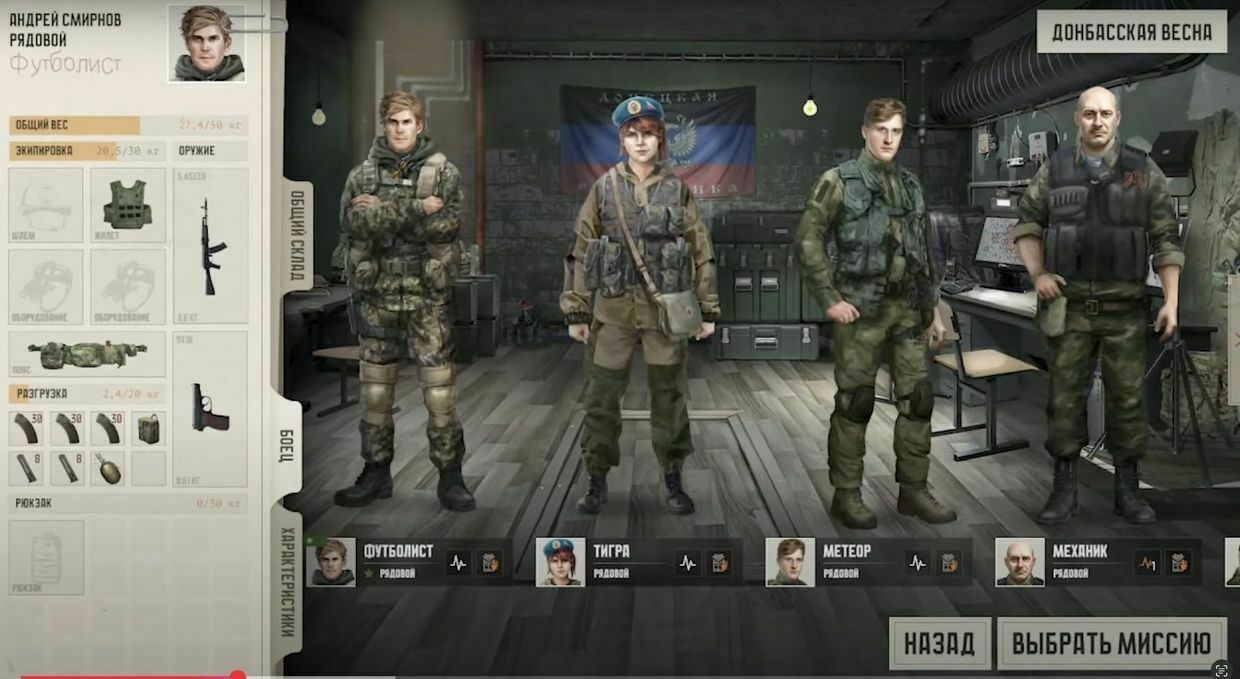
Character selection screen from Squad 22: ZOV - the game whitewashes Russian war crimes and promotes anti-Ukrainian narratives. (X) “Saying that Squad 22: ZOV promotes the genocide of Ukrainians, justifies the terrorism of the Russian army, and presents itself as ‘a savior from the Nazis’ is an understatement,” Mykhailo Hrabar, a Ukrainian gaming blogger with a nickname OLDboi, told the Kyiv Independent.
The first Russian tutorial on how to wage war in UkraineSquad 22: ZOV was produced by Russian national Alexander Tolkach, who held various positions, including in Ukraine, before working on the video game.
Tolkach was a diplomat in Europe, led external communications at DTEK, Ukraine’s largest private energy company, and worked for Hungarian video game developer Gaijin Entertainment, particularly on the War Thunder video game popular among soldiers as a military simulator.
In an interview with pro-Russian military blogger Kirill Fedorov, Tolkach said Russia’s Defense Ministry contacted him at the beginning of 2024 to develop a game as soon as possible “to demonstrate that we can.” Tolkach also said that Russian companies are usually reluctant to make games about the Russian war in Ukraine because of their dependence on international partners and the threat of sanctions.
“The Russians are trying to figure out how far they can go with their future, more expensive, technically superior games, with which they can attract the attention of Western players and pour anything into their ears.”
"We had to launch our own studio. The work continued, and we released the game in nine months (on the local market). It is not the perfect one, but we are not ashamed. And most importantly, we showed people: 'Look, nothing happened to us,'" Tolkach said on May 20 on Fedorov Live, referring to sanctions or bans from the international gaming community.
The game frequently refers to pro-Russian narratives that glorify the Russian army and justify Russian aggression, calling for the "liberation" of Russian-occupied Ukrainian territories fron Ukraine. The developers also said on the game’s website that they consulted with those who participated in Russia's war in Ukraine, including Vladislav Golovin, a career Russian military officer who took part in the siege of Mariupol in Donetsk Oblast in 2022.
According to the game's description on Steam, Squad 22: ZOV is recommended by the Russian army as a basic infantry tactical manual for cadets and members of Yunarmiya ("Youth Army"), the state-sponsored youth organization that combines ideological indoctrination with military training for children and teenagers.
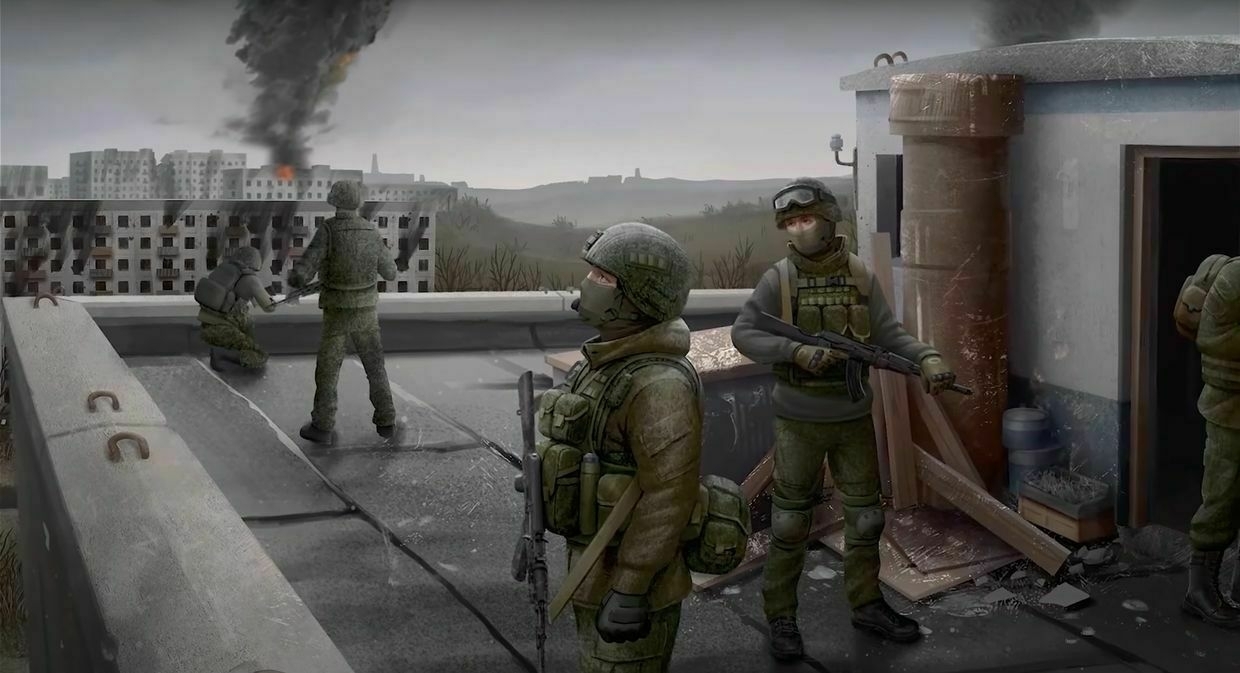
Artwork from Squad 22: ZOV depicts Russian troops overlooking a burning Ukrainian city. (X) Oleh Kulikov, an esports analyst, told the Kyiv Independent that the fact that a game is recommended at the state level may interest an average user even more than its content. According to the expert, Squad 22: ZOV is of low quality and will be difficult to affect a wide range of users worldwide.
"For the most part, propaganda video games are low-grade and unattractive, and this is where the Barbra Streisand effect comes in," Kulikov said, referring to a phenomenon where an attempt to hide something only brings more attention to it.
Oleksandr Petryk, a Ukrainian esports commentator with the nickname Petr1k, echoed Kulikov's stance, saying that Squad 22: ZOV has graphics of games released in the early 2000s, and is unlikely to attract young people in the way that the Ukrainian video game S.T.A.L.K.E.R. has. However, even if someone accidentally downloads the game abroad and sees the interpretation of events in Ukraine from a Russian perspective, it will play into Russia's hands, he added.
How to resist Russian propaganda in cyberspace?Squad 22: ZOV, made in a matter of months and openly funded by the Russian government, is unlikely to cause large-scale damage to Ukraine, but a better Russian product can, the experts interviewed by the Kyiv Independent said.
"The Russians are trying to figure out how far they can go with their future, more expensive, technically superior games, with which they can attract the attention of Western players and pour anything into their ears," game blogger Hrabar said, adding that Russia is already developing better projects, particularly about Russia's Wagner Group of mercenaries.
According to the experts, Steam, owned by the American Valve Corporation, has already been involved in scandals when controversial games were published on its platform that illegally collected user data or had a plot that contained sexual violence and were removed only after public outcry. The fact that Steam approved Squad 22: ZOV was no surprise.
"Steam has very weak moderation, which is partially performed not even by Valve employees, but by active community members," Hrabar said. "After the platform canceled the Greenlight system, which allowed the community to vote for games to be published, the pipe burst. Now you can get to the platform even with a piece of crap."
Esports analyst Kulikov added that to effectively counter Russian propaganda in video games, Ukraine must develop its own, thereby promoting the Ukrainian brand on the international market. At the same time, the Ukrainian government should respond to the launch of such propaganda projects as Squad 22: ZOV.
"Ukraine's Digital Transformation Ministry needs to reach out to companies like Valve Corporation, the very next day after the game is released or announced," Kulikov said.
"Even if it doesn't work, it will help to develop connections to establish operations and prevent something more serious from happening in the future. And it is bound to happen."
Author's note:
Hi, this is Kateryna, the author of the article. Thank you for reading. The war between Ukraine and Russia has long gone beyond the battlefield, and Russian propaganda is widely spread in the media, movies, and video games. The game Squad 22: ZOV is one of many examples of Russian propaganda tools, targeting one of the most vulnerable audiences, youth. If you want to see more articles like this, and support us in countering Russian propaganda, consider joining our community today.Russia just accidentally admitted to its staggering troop losses in UkraineA senior Russian official on June 19 inadvertently confirmed the staggering troop losses incurred by Moscow’s forces during its full-scale invasion of Ukraine. In an interview with CNN, Russian Ambassador to the U.K. Andrey Kelin was asked about Moscow’s maximalist intentions in Ukraine and its ability to recruit enoughThe Kyiv IndependentChris York
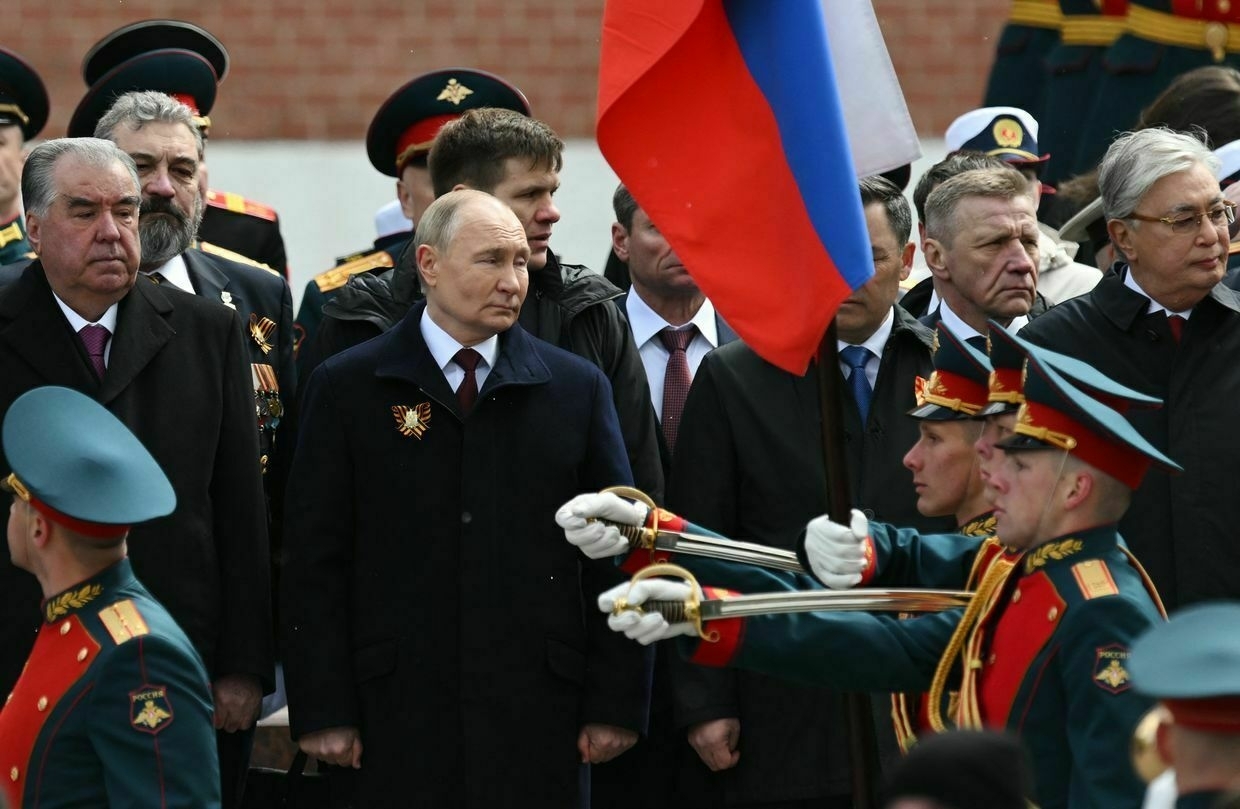
-
Peskov: Russia to continue its military operation in Ukraine
In the wake of negotiations in Istanbul, Russian Presidential Press Secretary Dmitry Peskov reiterated Russia's commitment to continuing its military campaign against Ukraine until its objectives are met. Peskov explained to Russian media that political-diplomatic avenues for resolving the conflict are currently unfeasible.
"Discussions regarding a Ukrainian settlement cannot take place in the public domain; they must occur in a 'mode of silence'," Peskov emphasized.
Notably, Ukrainian First Deputy Foreign Minister and Kyiv's negotiation delegate, Serhiy Kyslytsia, remarked that the recent meetings between Ukrainian and Russian delegations in Istanbul should not be classified as official negotiations. He highlighted that the conflict can only be resolved following a summit between Ukrainian President Volodymyr Zelensky and Russian President Vladimir Putin. Kyslytsya further expressed the impossibility of ending the war without direct talks between the heads of both states.
-
Ukraine imposes new sanctions on Russian, Chinese, Belarusian companies involved in drone production
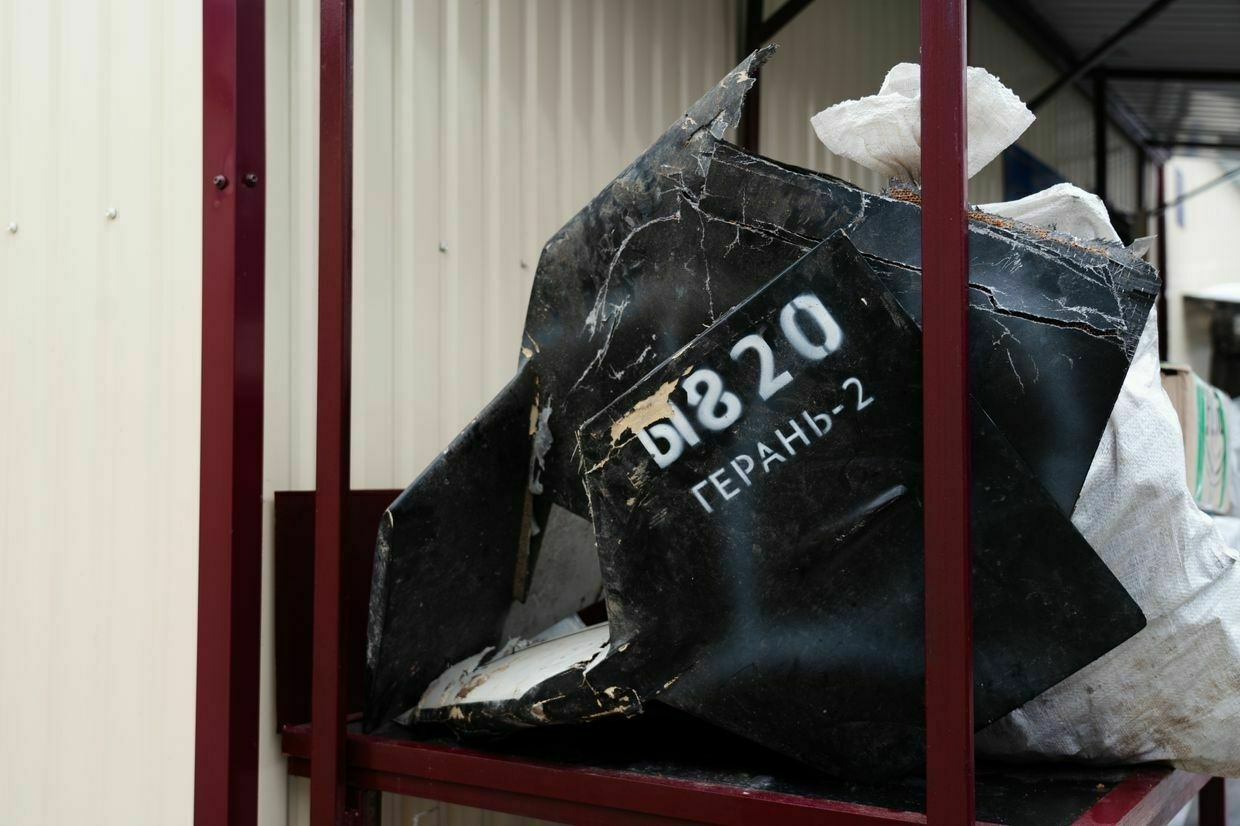
President Volodymyr Zelensky signed a decree on June 20, imposing sanctions on 56 individuals and 55 Russian, Chinese, and Belarusian companies involved in the production of Russian drones and sanctions circumvention.
Ukraine introduced new restrictions as Russia has escalated drone attacks against Ukrainian cities over the past weeks, launching record 400-500 unmanned aerial vehicles (UAVs) per night.
Individuals and legal entities subject to Ukrainian sanctions cannot do business and trade in Ukraine, cannot withdraw their capital from the country. In the meantime, their assets are blocked, as well as their access to public and defense procurement, and entry into the territory of Ukraine, among other restrictions.
The new package of sanctions targets individuals and entities involved in the development and production of Russian drones such as Geran, Orlan-10, SuperCam, and first-person-view (FPV) drones, according to a decree published on the Presidential Office’s website.
The Belarusian Precision Electromechanics Plant and six Chinese enterprises located in Hong Kong and in the provinces of Shandong and Shenzhen are among the sanctioned entities.
The sanctions list includes equipment suppliers to Alabuga Machinery, a Russian manufacturer of machine tools and gears, and individuals who import components for the sanctioned Kronshtadt JSC, a drone producer that developed Banderol UAVs with jet engines.
Russia has repeatedly targeted Ukrainian cities with waves of attack drones, often striking energy infrastructure and residential buildings overnight. Ukraine’s defense forces use a mix of electronic warfare, air defense systems, and drone-on-drone interception to repel the assaults.
Drones have become one of the defining tools of the full-scale war, used extensively by both Ukraine and Russia for surveillance, long-range strikes, and tactical battlefield advantage.
-
Ukraine returns heroes! A new stage of prisoner exchange #shorts
-
Russia pulls its scientists out of Iranian nuclear plant, as Israeli strikes threaten decades of collaboration
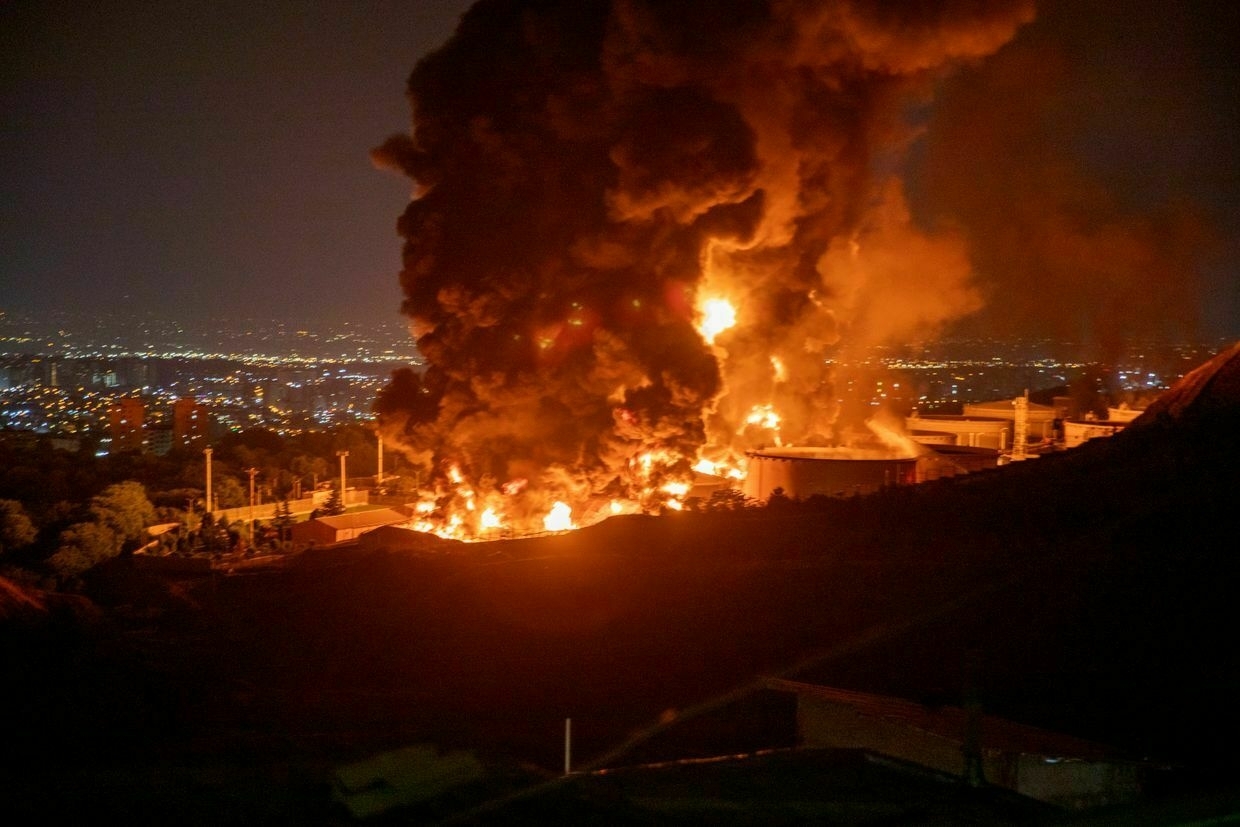
Israel’s strikes on Iranian nuclear facilities have alarmed none more than Russia, the country that first brought nuclear power to Iran in defiance of Western objections.
We’re “millimeters from catastrophe,” said Kremlin spokeswoman Maria Zakharova on June 18 in response to a bombing campaign that Israel launched against Iran on June 13.
Decades of conflict with the West have united Iran and Russia, despite a cultural gulf between the two nations that dwarfs the Caspian Sea that physically divides them.
Russia has spent the past decade backing Iran-aligned regimes and militia groups throughout the Middle East. Most famous is Bashar al-Assad, a longtime dictator in Syria, on whose behalf Russia began actively fighting against rebels back in 2015. Assad fell in December.
“We’re dealing with the domino effects of those changes,” Anna Borshchevskaya, a senior fellow at the Washington Institute focusing on Russia’s policy toward the Middle East, told the Kyiv Independent.
“In my view, the Russians were not just mere opportunists. They weren’t just hedging their bets. They weren’t just watching on the sidelines. They were actively fueling chaos across the Middle East."
“Of course, they’ve (Iran and Russia) had such extensive nuclear cooperation because it was Russia that built the Bushehr nuclear reactor in the first place.”
In addition to a broad sense of being at war with the West, nuclear energy is a rare concrete tie joining Russia and Iran, alongside the arms trade and a shared interest in dodging sanctions on fossil fuels. Strikes on Iranian nuclear facilities are, for Russia, personal.
"Of course, they've had such extensive nuclear cooperation because it was Russia that built the Bushehr nuclear reactor in the first place," said Borshchevskaya.
Opened in 2007 and providing power by 2010, Bushehr is to date the only functioning nuclear power plant in Iran. Originally a project by German company Siemens, construction was on hold for decades following the toppling of the Shah in 1979. Built and maintained by Russia, it was the first nuclear reactor in the Middle East.
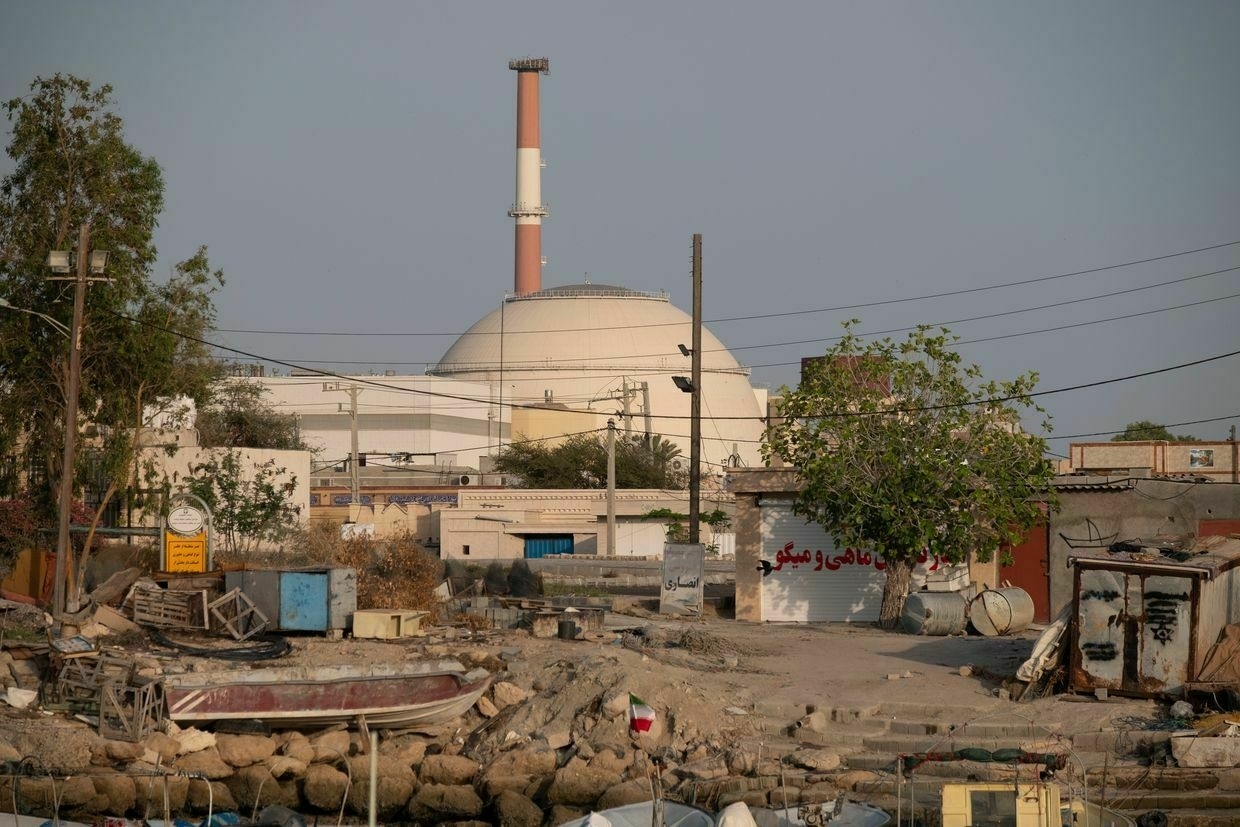
The Bushehr nuclear power plant is seen in a coastal village in Bushehr province, Iran, on April 29, 2024. (Morteza Nikoubazl / NurPhoto via Getty Images) 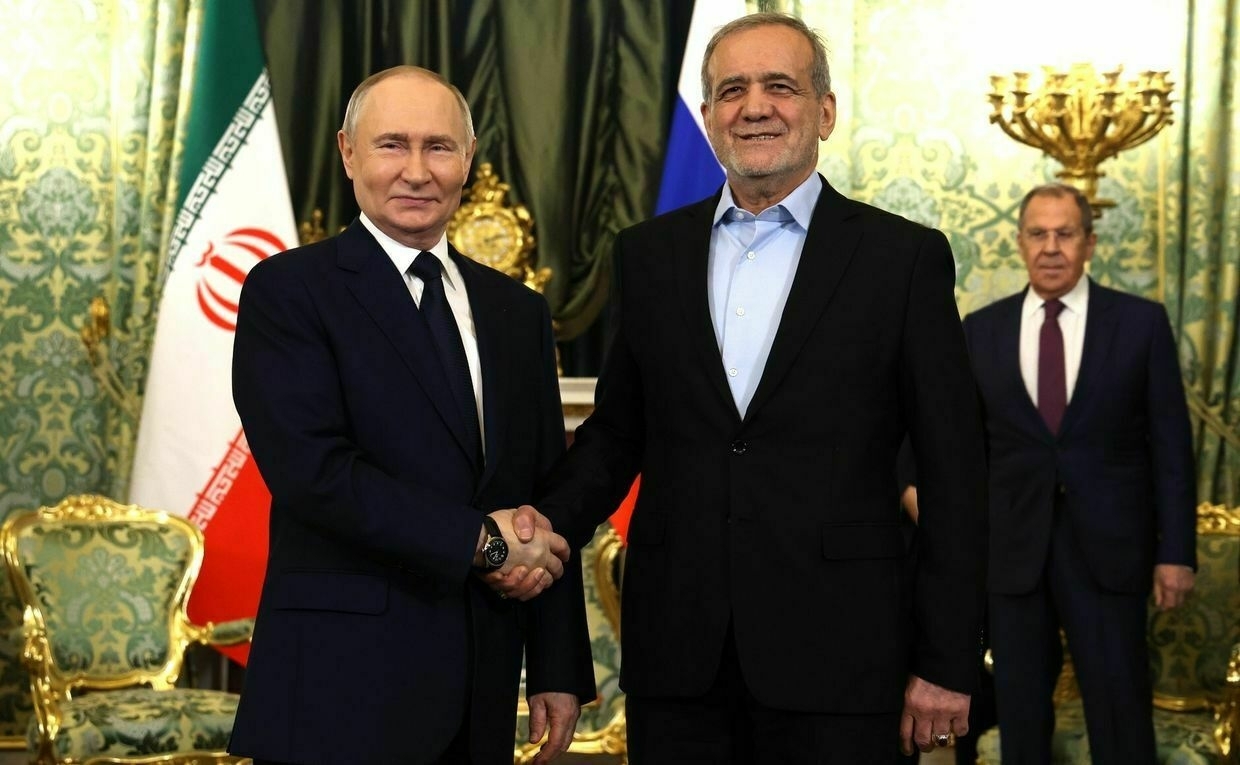
Russian President Vladimir Putin (L) meets with Iranian President Masoud Pezeshkian (R) on Jan. 17, 2025. (Kremlin Press Office / Handout / Anadolu via Getty Images) On June 19, Russian President Vladimir Putin announced that he had agreed with Israel as to the safety of the "over 200" specialists working at Bushehr on behalf of the Russian nuclear agency Rosatom.
The same day, Rosatom Head Aleksei Likhachov said at a conference in St. Petersburg that the agency had evacuated “tens” of their employees from Bushehr and were weighing a full evacuation, Russian news outlet Interfax reported.
Bushehr has yet to fall under Israeli strikes, at least in part because that would be a nuclear disaster.
The West stonewalled the Bushehr plant that Russia ultimately built out of concern that at least expertise, if not materials, would be redirected to Iranian nuclear weaponry. But Russia wanted a sale. Experts note that the uranium that Iran uses at its enrichment sites is separate from Bushehr, where Russia holds a monopoly.
But why Iran would pay Russia to build Bushehr and supply all of its uranium, as it does to this day, is an odd arrangement given that the oil and gas-rich Iran has little real need for nuclear energy.
"It is dubious to say that the reason why (Iran) did so is because they were absolutely desperate for having a nuclear power program. It is my belief that they did it to have a weapons program," Richard Nephew, a senior research scholar at Columbia University’s energy program and former U.S. President Joe Biden’s special envoy to Iran said to the Kyiv Independent.
John Erath, senior policy director for the Center for Arms Control and Non-Proliferation, echoed the sentiment.
“There was some question as to why they would build a nuclear power plant at great expense when they had no room for energy. I think the motives were pretty clear: Iran wanted experience with the technologies. They wanted to develop greater technical expertise and manage nuclear materials,” Erath told the Kyiv Independent. He maintained, however, that “Bushehr doesn’t have a role in the weapons program.”
Bushehr is the primary site of Russia’s nuclear engagement with Iran. But as a result of its ties as well as its position on the UN Security Council, Russia became a primary broker of the Barack Obama administration’s Joint Comprehensive Plan of Action, or JCPOA, colloquially the Iran nuclear deal.
The nuclear enrichment site that Israel is asking for U.S. aid in blowing up is Fordow, built under the mountains outside the city of Qom.
Nephew reminds that per the JCPOA, Russia was supposed to convert the Fordow plant from an enrichment facility to a “stable isotope separation plant.”
Experts interviewed by the Kyiv Independent all maintained that Russia was to all appearances a fair broker of the JCPOA in Iran. But it illustrates the resilience of Russia’s nuclear soft power and hard economics.
Kazakhstan is by far the largest source of uranium in the world. Russia, in turn, remains the largest seller of enriched uranium in the world, even as the European Union struggles to break free of energy dependence on Russian fossil fuels.
The equipment and even the fuel that goes into nuclear power plants are far less replaceable than oil and gas, providing an economic umbilical cord to Russia.
“Neither of them needs each other for the thing they primarily export, so it's all secondary stuff, and that secondary stuff is nuclear and arms,“ said Nephew.
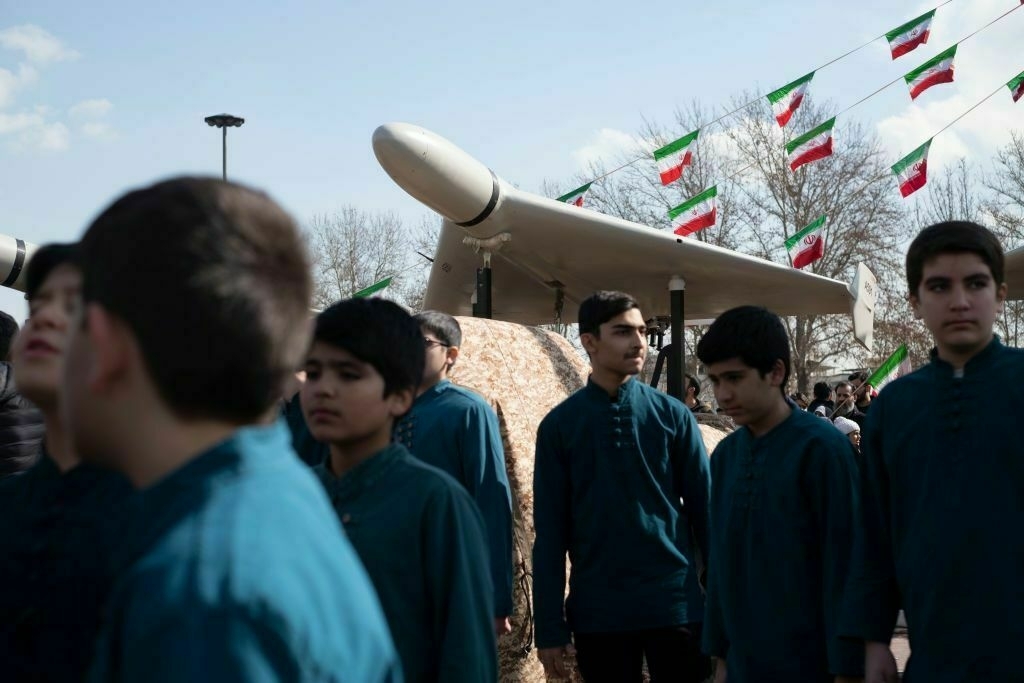
Iranian youth stand under an Iranian-made Shahed-136 unmanned aerial vehicle in Tehran, Iran, on Feb. 11, 2023. (Morteza Nikoubazl / NurPhoto / Getty Images) One infamous example is Iran’s Shahed drones, which Russia began importing and firing at Ukraine near the end of 2022. Russia has since made more and more of its own copy, the Geran.
For Russia, nuclear generation and the prestige of being one of the few nations that can build nuclear reactors have been a rare source of geopolitical soft power, including the JCPOA.
Even U.S. President Donald Trump recently floated the idea of Russian President Vladimir Putin functioning as a mediator between Iran and Israel, which he subsequently backtracked.
Rosatom, Russia’s nuclear agency, announced the construction of another nuclear plant in Iran in 2019. And on June 9 of this year, news broke that Iran’s nuclear agency had inked a contract with Rosatom for eight more reactors, including four at Bashehr. On June 13, Israel’s strikes began.
Even without Israel attacking, experts were doubtful that Russia would build these new plants. Their announcement was, rather, a "symbolic" gesture of support.
"They want to show cooperation with Russia," said Erath. "The nuclear power sector is something that's important to the Russian government. It's one of the areas that they export that has high value, that the Russians still are exporting, profiting from, when the rest of their economy is in big trouble."
Note from the author:
Hi, this is Kollen, the author of the article. Thank you for reading. The Kyiv Independent doesn’t have a wealthy owner or a paywall. Instead, we rely on readers like you to keep our journalism funded.
We’re now aiming to grow our community that has reached 20,000 paying members — if you liked this story, consider joining our community today.
There’s loads of video of Israeli air defenses, and none of Ukraine’s — this is whyAs Israel and Iran continue to trade salvos, dramatic footage of air defenses battling ballistic missiles have flooded the internet. Several prominent online commentators have compared the videos coming out of Israel with those from Ukraine, questioning why Russian attacks like those on Kyiv are portrayed in relatively sparse detail,The Kyiv IndependentYuliia Taradiuk
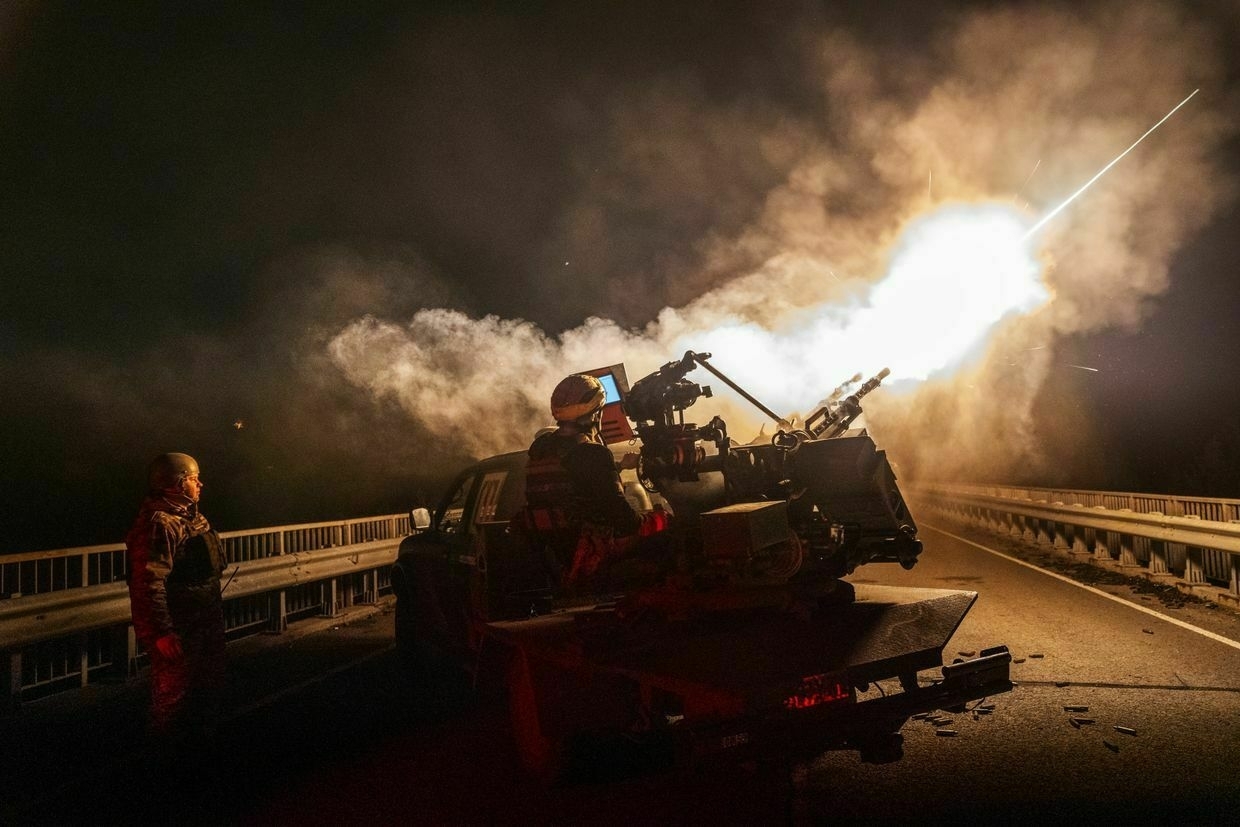
-
Russian cannibal soldier ate his own comrade, leaked audio from Ukrainian intel claims
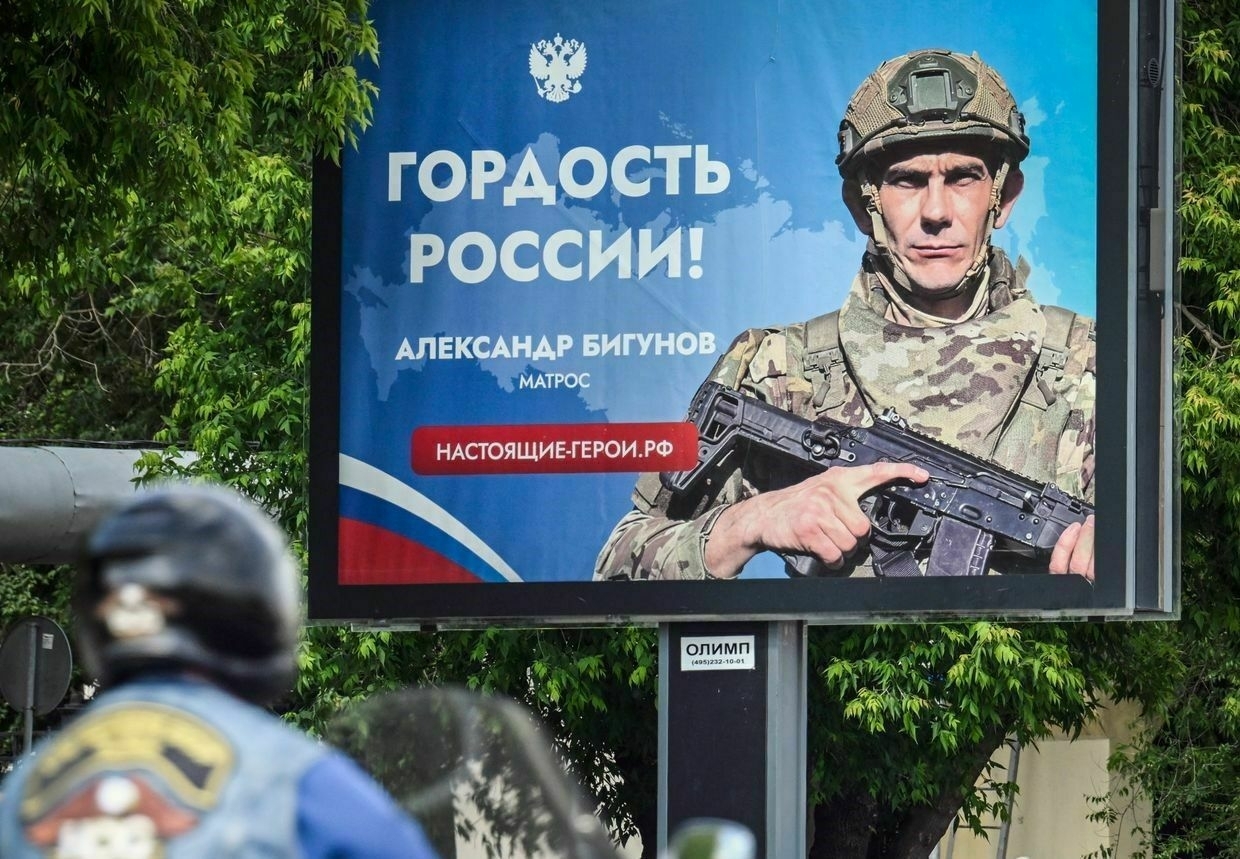
A Russian soldier deployed in Ukraine may have been involved in an act of cannibalism, audio intercepted by Ukraine’s military intelligence agency (HUR) and released on June 20 suggests.
In the recording posted by HUR on Telegram, a Russian commander is heard telling a subordinate that one soldier, referred to by the call sign “Brelok,” killed and consumed his fellow service member “Foma” over a two-week period.
Ukraine’s military intelligence described the alleged incident as further evidence of what it called the “moral and psychological collapse” of Russian forces.
“Nobody ran away. ‘Brelok’ took him out and then ate him for two fcking weeks,” a speaker identified by HUR as a commander of a reconnaissance unit from Russia’s 68th Motorized Rifle Division can be heard saying in the intercept.
According to HUR, both soldiers served in the 52nd Separate Reconnaissance Battalion, which is reportedly operating near the villages of Zapadne and Lyman Pershyi in the Kupiansk direction of Kharkiv Oblast.
The intercepted speaker adds that “Brelok” was later found dead himself.
“They say he was a 200 (military slang for a killed soldier), fck. Well, he ate his comrade, so that’s something to think about,” the voice says.
The Kyiv Independent cannot independently verify the authenticity of the leaked recording or confirm the events described in it. No visual or documentary evidence has been presented to support the claims, which are based solely on the intercepted audio provided by HUR.
But Russia’s recruitment system for the war in Ukraine has heavily relied on the country’s prisons as a source of manpower, leading to its ranks being filled by all manner of criminals, even cannibals.
Moscow has been recruiting convicts for its war since the summer of 2022, first under the auspices of the Wagner Group and later under the Russian Defense Ministry.
Initially, prisoners, even those convicted of violent crimes, were promised a pardon after completing a six-month military contract. Since January 2024, Russian army recruits drawn from prisons no longer receive pardons but are released on parole, and are expected to fight until the war is over.
In May 2024, the Moscow Times reported that Russian cannibal Dmitry Malyshev, who was sentenced to 25 years in prison for murder and several other serious crimes, joined one of Russia’s Storm V penal military units.
Malyshev was reportedly recruited to the army together with serial killer Aleksandr Maslennikov, sentenced to 23 years in prison for the “double murder and dismemberment of women."
Previously, Ukraine said there were cases of mistreatment and breakdown of discipline within Russia’s own ranks. A group of Russian soldiers fighting near Kursk Oblast surrendered to Ukrainian paratroopers in May, saying abuse within their own units was “worse than captivity,” according to a video posted by Ukraine’s Airborne Assault Forces.
The soldiers said they had been subjected to inhumane treatment, psychological pressure, and threats while still inside Russian territory.
Reporting by investigative outlets, the Insider and Foreign Policy, has documented systemic abuse of Russian troops throughout the full-scale invasion.
These include so-called “punishment squads,” beatings, confinement pits, and hazing that borrows heavily from Soviet-era gulag practices.
‘Unwanted by their homeland’ — Ukraine confirms Russia returned bodies of its soldiers disguised as Ukrainian“This is yet another proof of how Russia treats its people with contempt,” Interior Minister Ihor Klymenko said.The Kyiv IndependentTim Zadorozhnyy
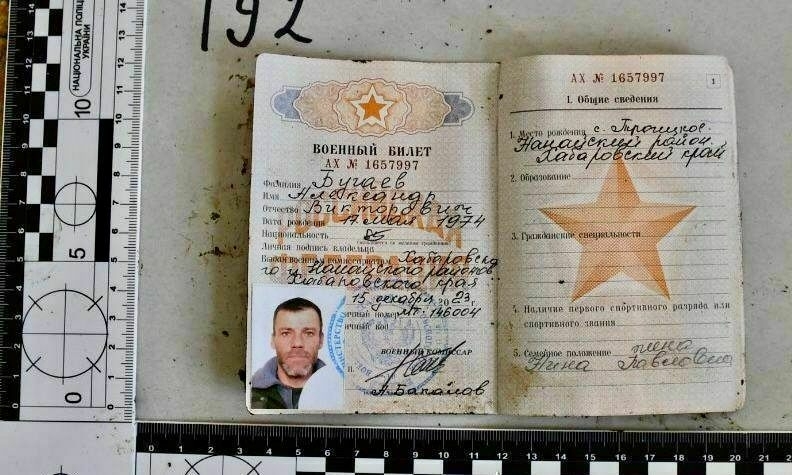
-
Russian drone strikes on Ukraine might drop due to Iran-Israel conflict, Estonian intel says
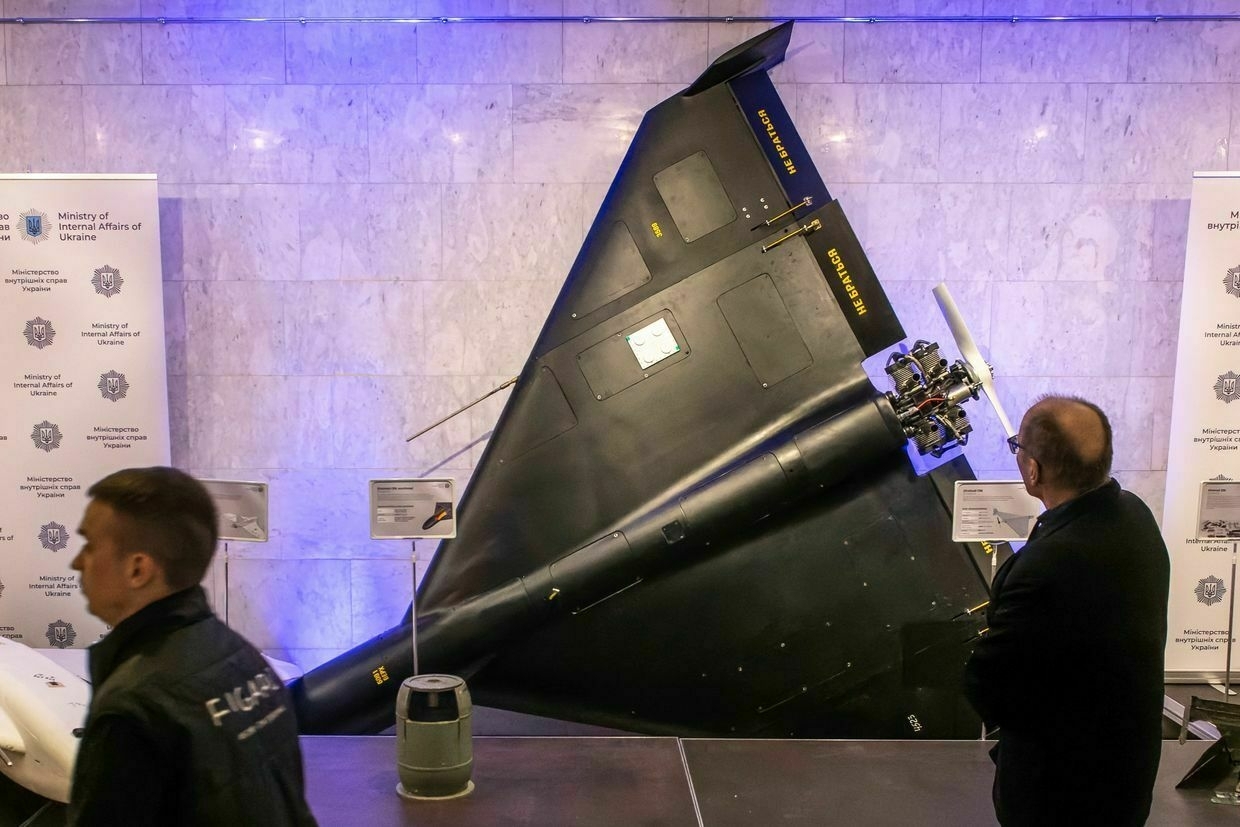
Russian drone attacks against Ukraine might decrease due to Iranian Shahed production capabilities being targeted in Israeli strikes, Estonian military intelligence commander Ants Kiviselg said on June 20, according to the ERR broadcaster.
The comments come as Russian drone strikes across Ukraine have been breaking records in recent weeks, with nearly 500 drones and missiles launched overnight on June 9.
“While it can be assessed that Russia has been able to largely localize and transfer the production of Shahed and Geran-type drones to Russia, it can be assumed that some critical nodes for drone production continue to come from Iran,” Kiviselg said.
Israel initiated a series of air strikes against Iranian military and nuclear facilities on June 13, with Tehran responding with waves of drone and missile attacks, further escalating tensions in the Middle East.
Iran has been a key ally to Moscow and provided the country with ballistic missiles and thousands of Shahed “kamikaze” drones for its war against Ukraine. Russia has also launched production of its own Shahed equivalents called Geran.
While Israeli strikes targeted and destroyed a Geran-type drone factory in Isfahan, Ukrainian forces have been attacking the Russian plant in Alabuga in Tatarstan, the Estonian intelligence chief noted.
“So there is a possibility that in the near future we may see a certain decline in the use of drones,” Kiviselg said. Estonian intelligence is nevertheless convinced that Moscow is planning steps to not only maintain, but also “increase” its drone production.
Russia has been regularly deploying Shahed-type drones for nighttime attacks on Ukrainian cities and infrastructure, overwhelming Ukrainian air defenses with massive swarms.
Ukraine’s intelligence has warned that the Russian defense industry seeks to ramp up the production of the strike drones, aiming to deliver 500 unmanned aircraft per month for Russia’s war effort.
In turn, the Ukrainian side has also increasingly invested in its drone capabilities, and more than doubled its production of long-range drones in 2024 compared to the previous year.
Russia just accidentally admitted to its staggering troop losses in UkraineA senior Russian official on June 19 inadvertently confirmed the staggering troop losses incurred by Moscow’s forces during its full-scale invasion of Ukraine. In an interview with CNN, Russian Ambassador to the U.K. Andrey Kelin was asked about Moscow’s maximalist intentions in Ukraine and its ability to recruit enoughThe Kyiv IndependentChris York
